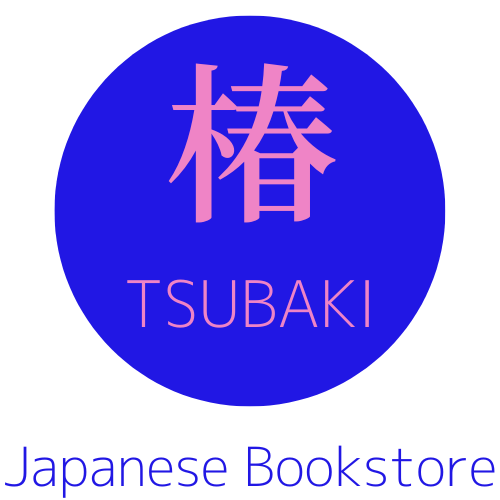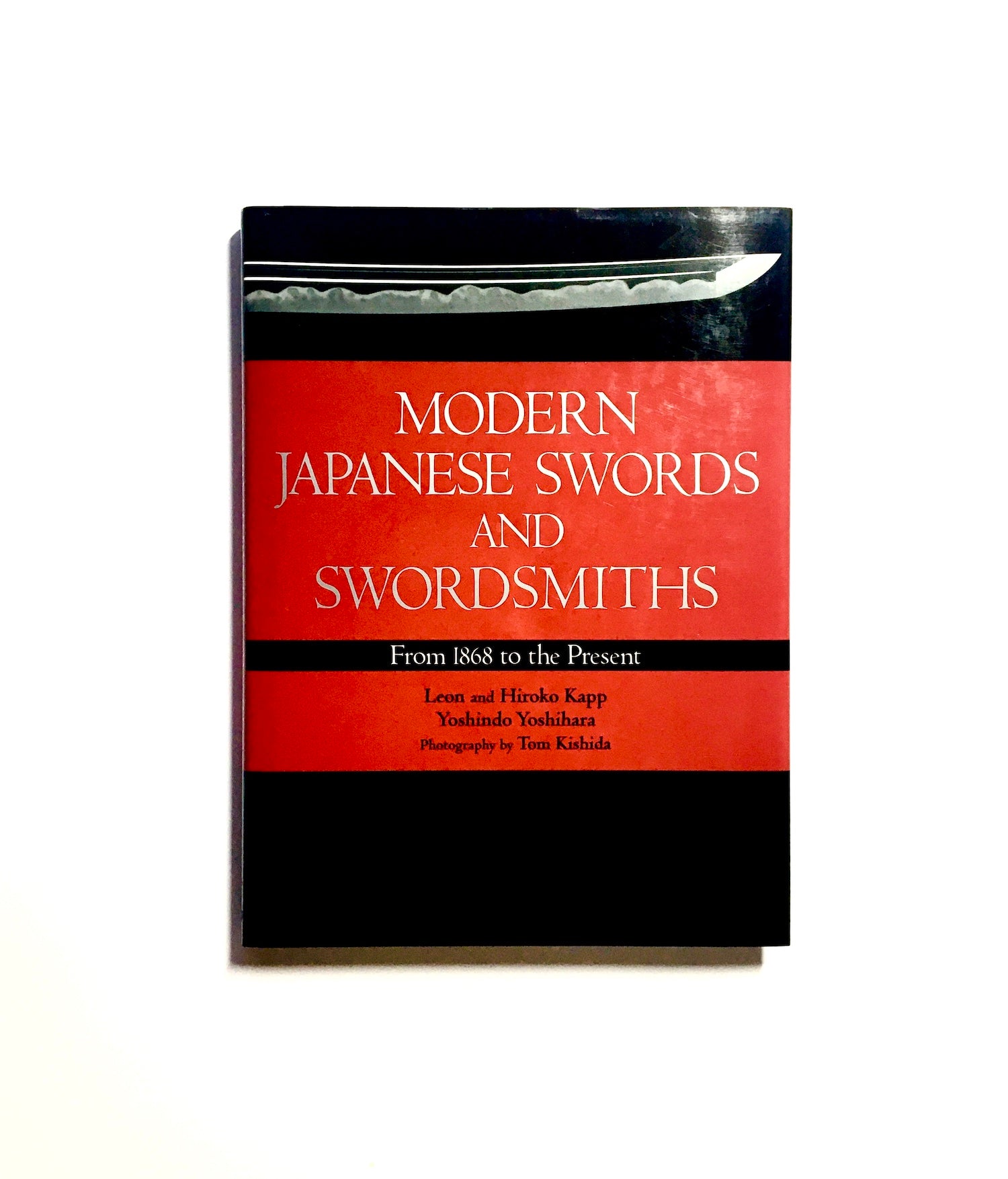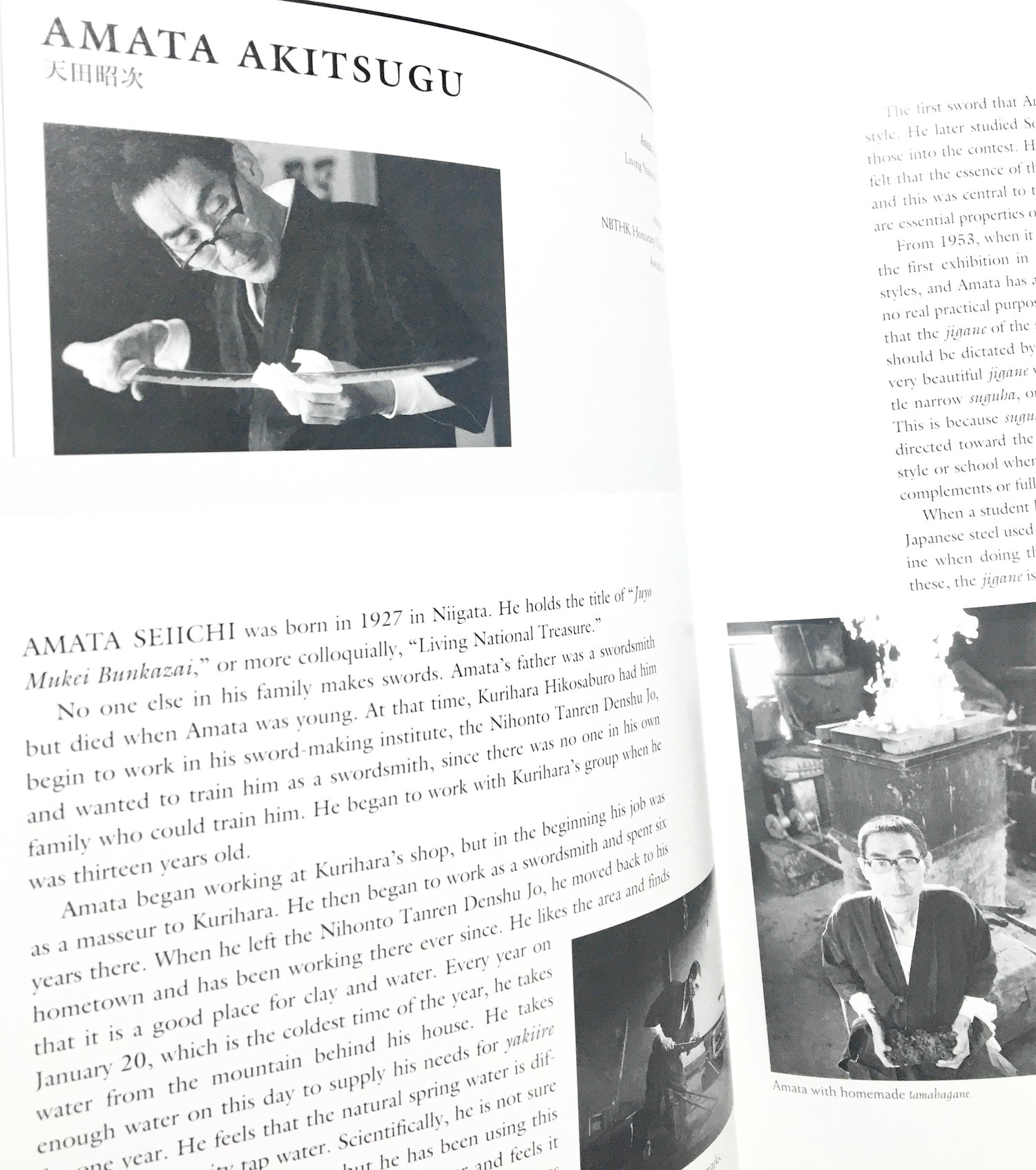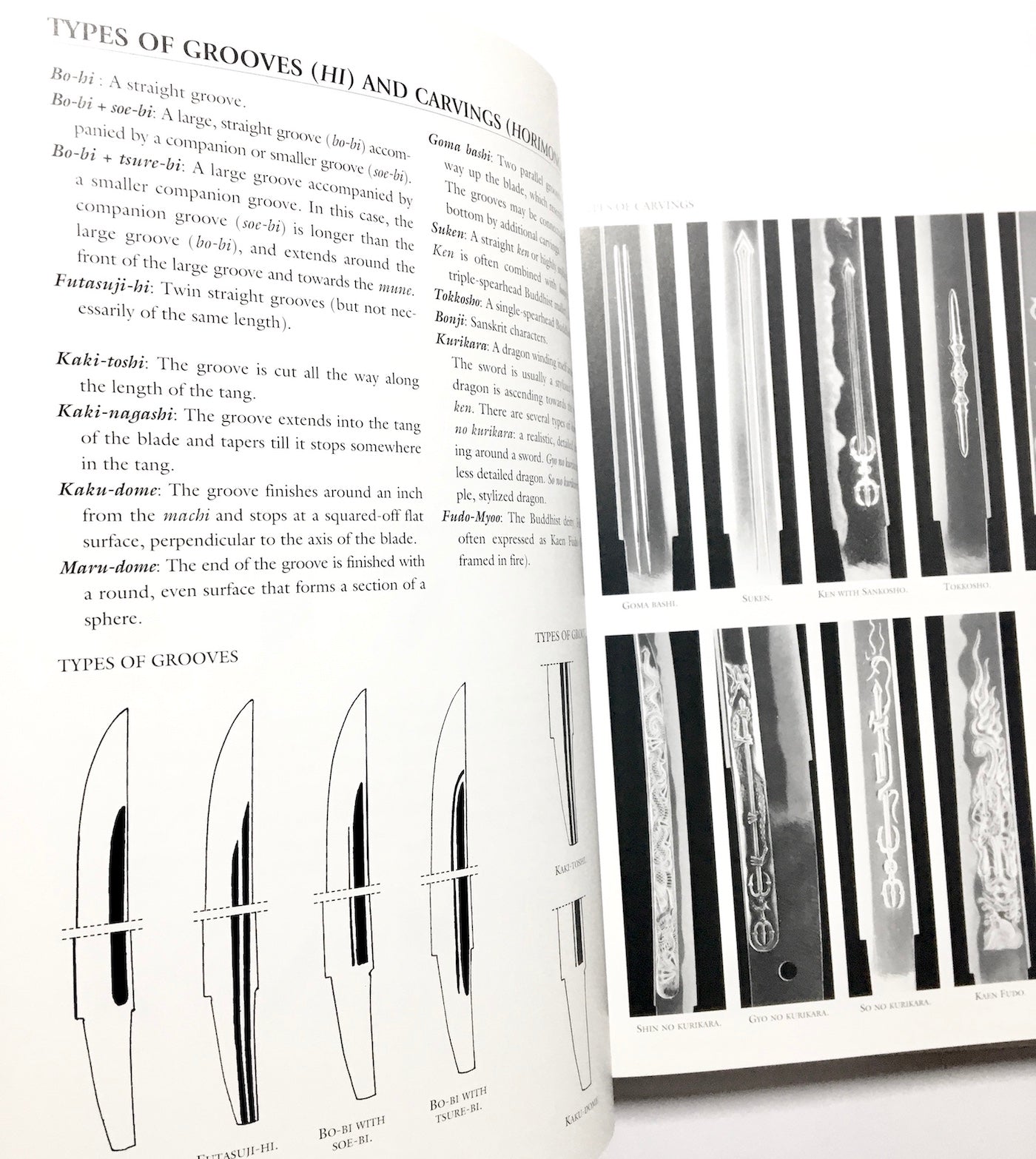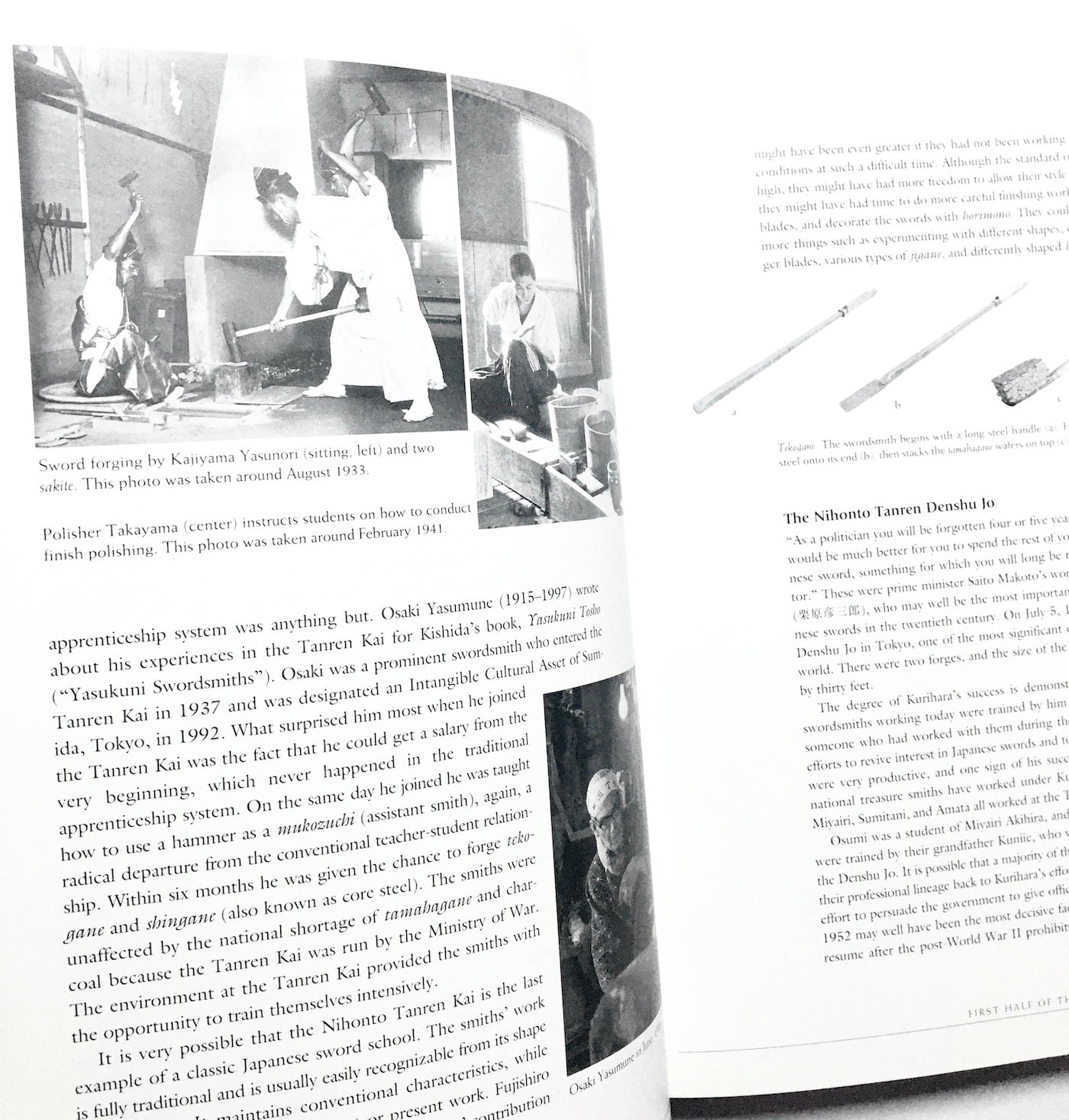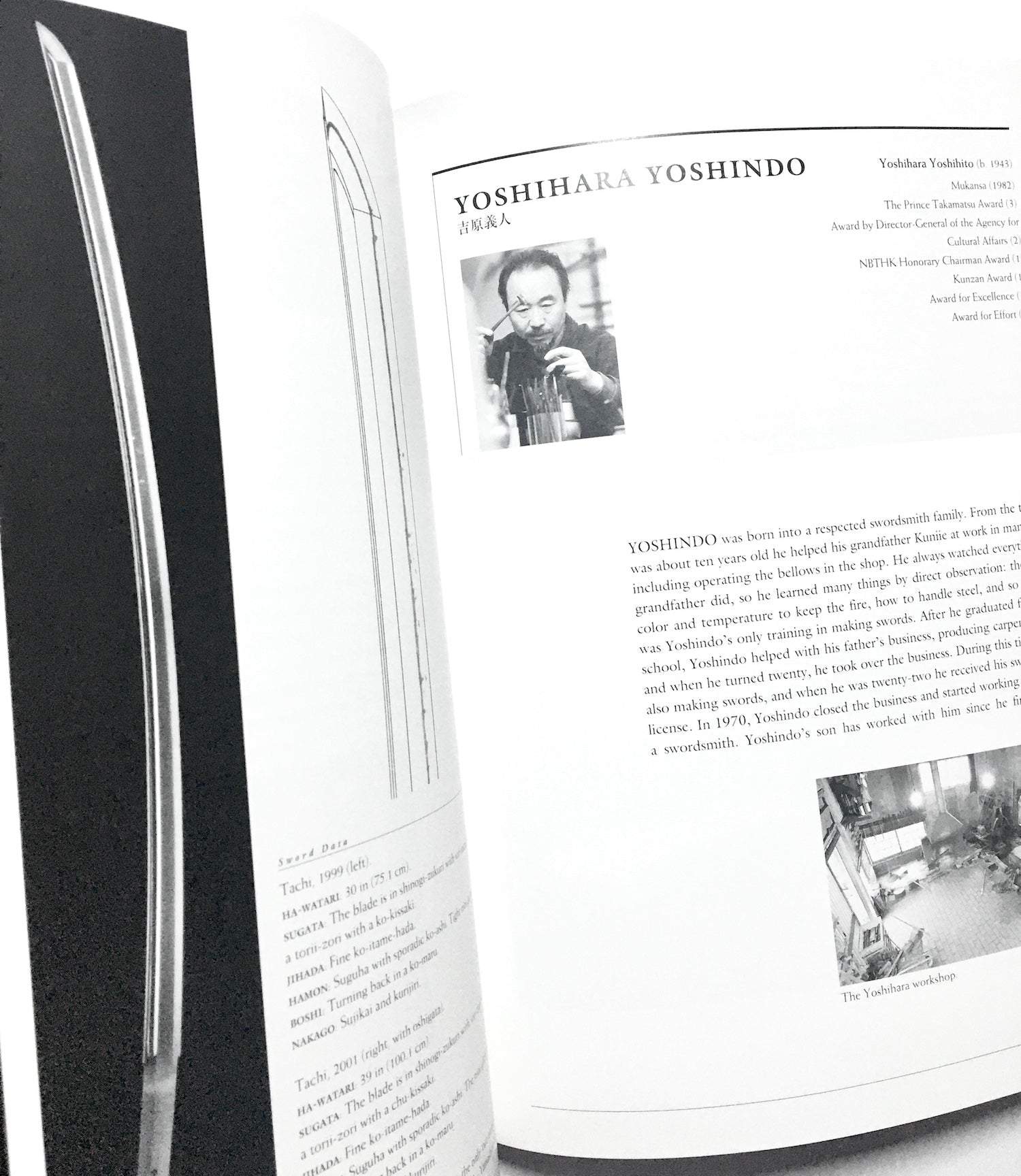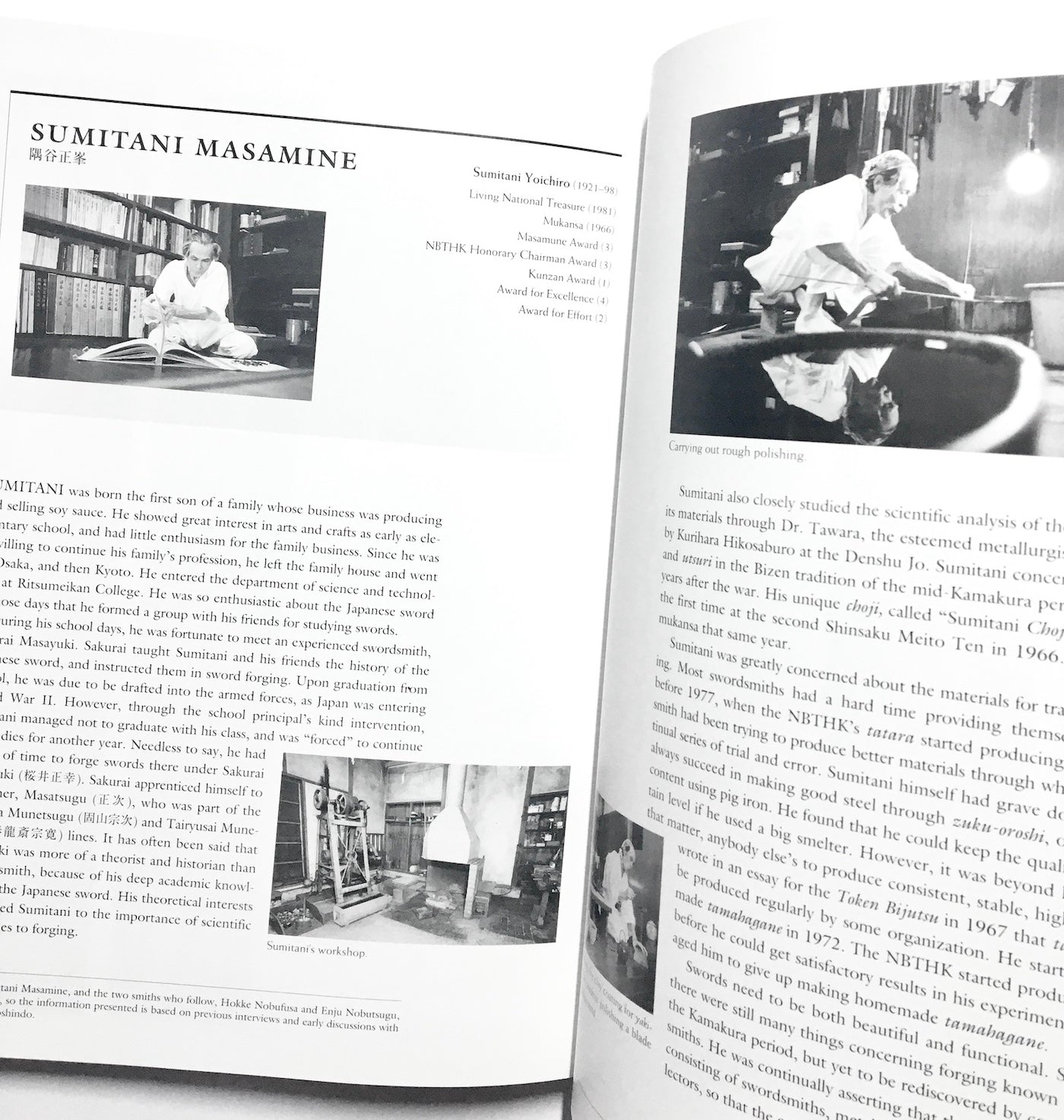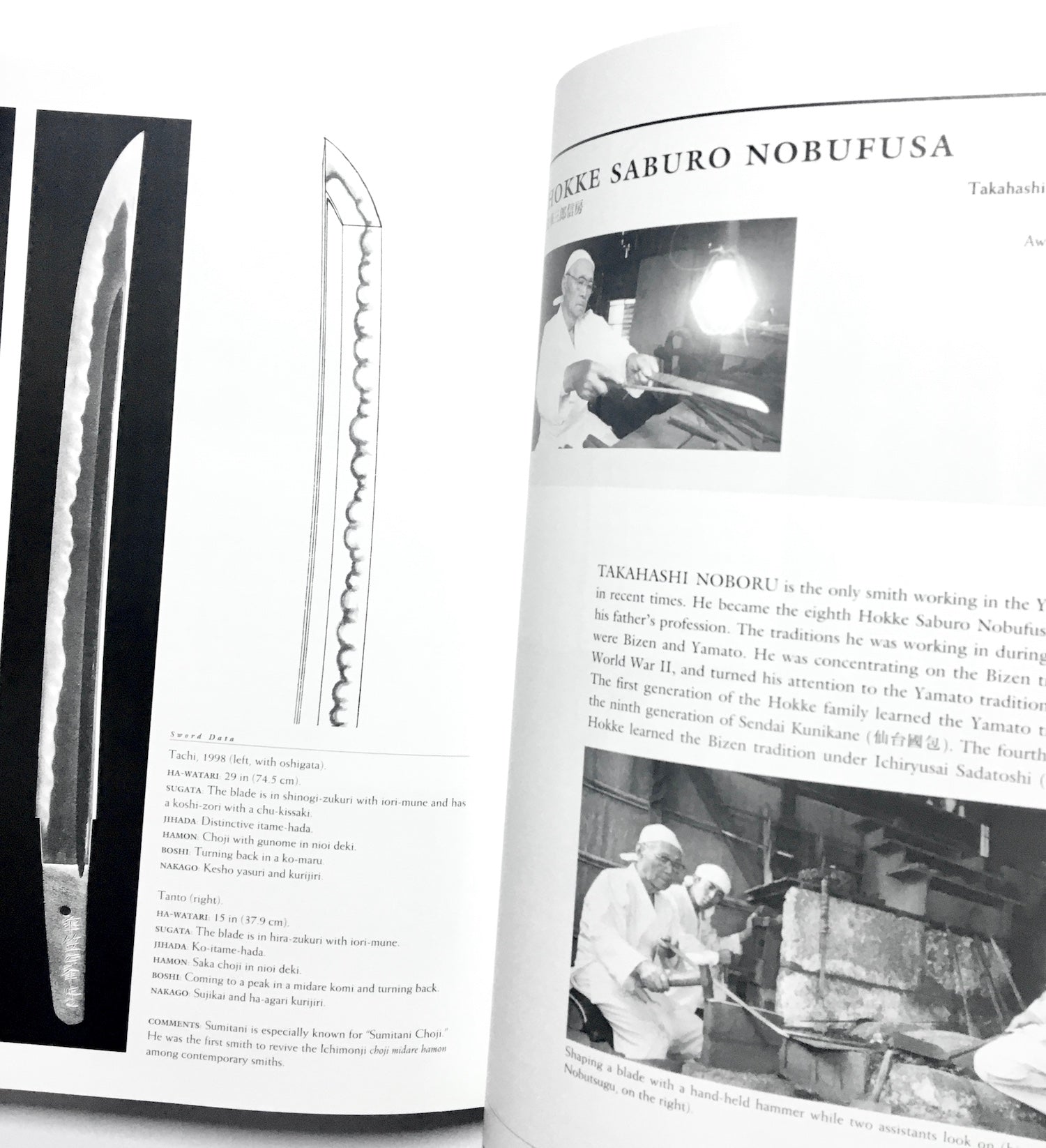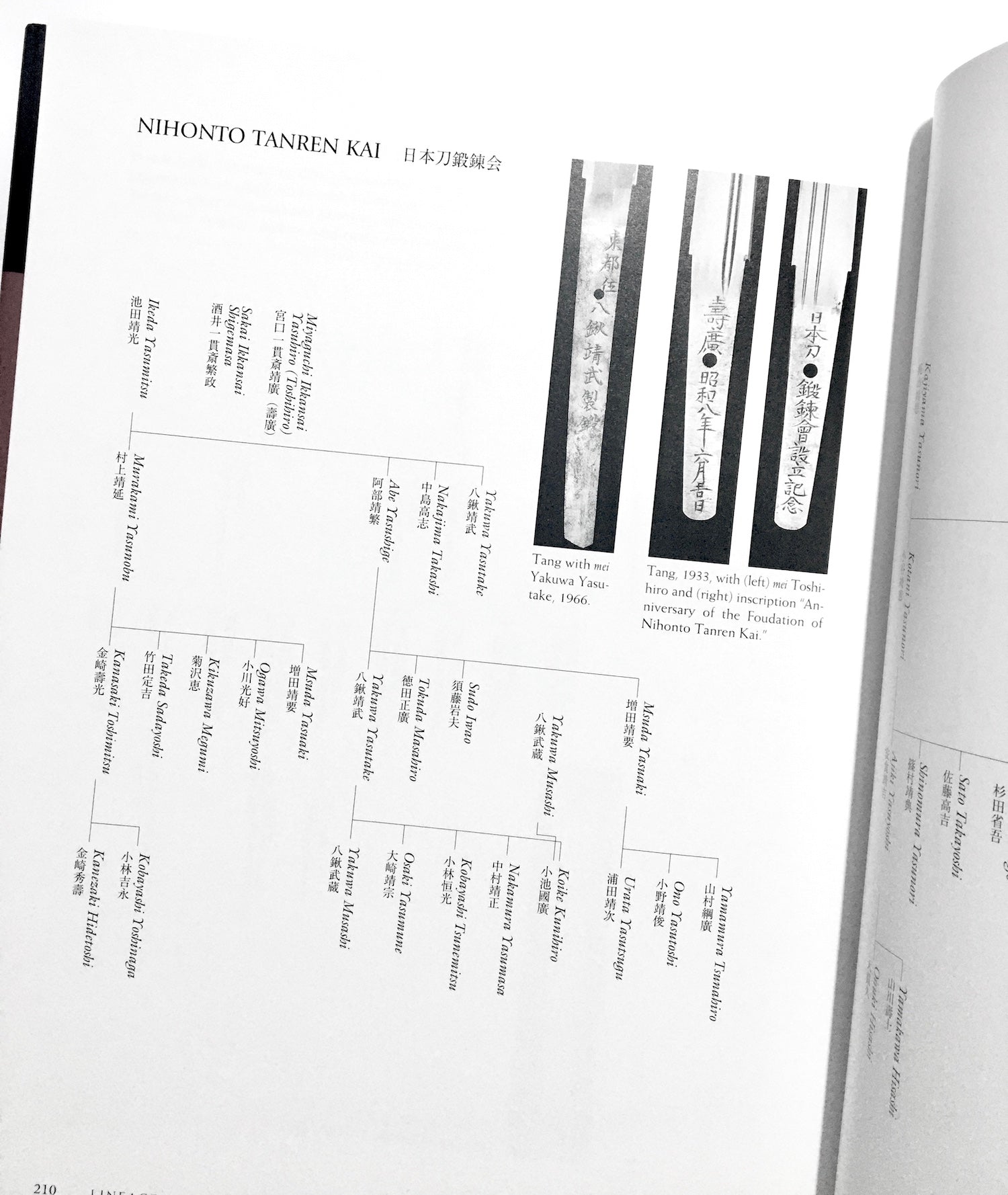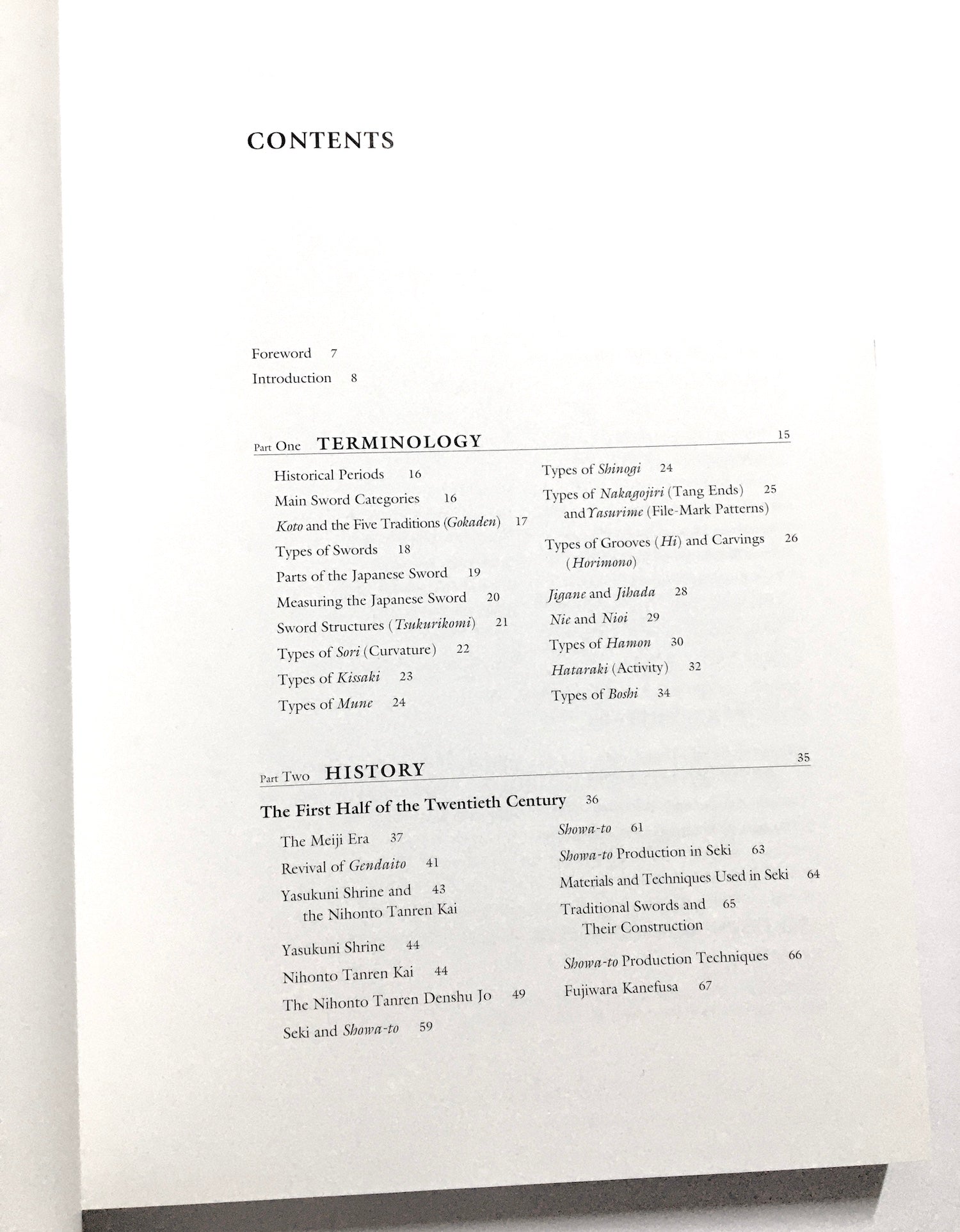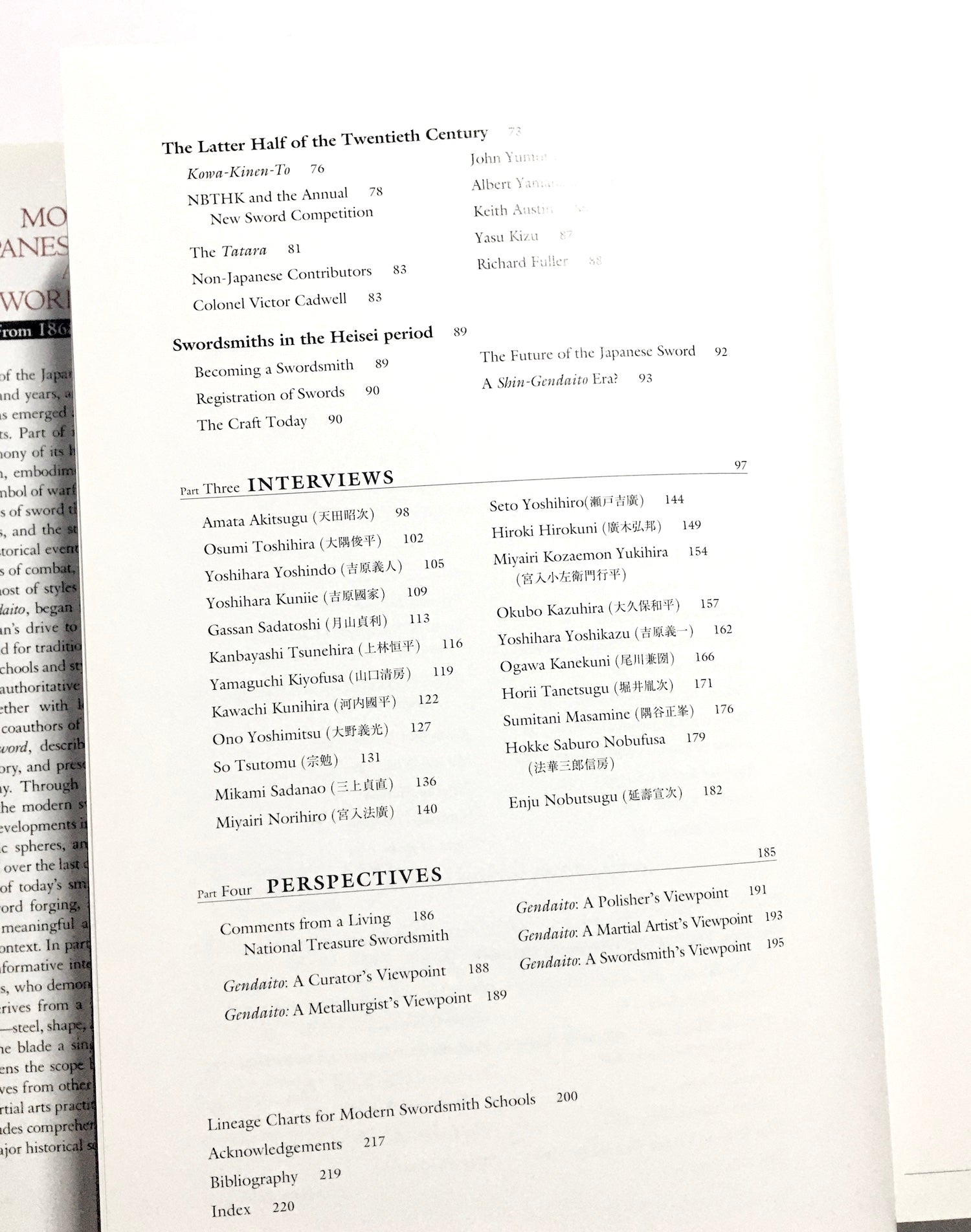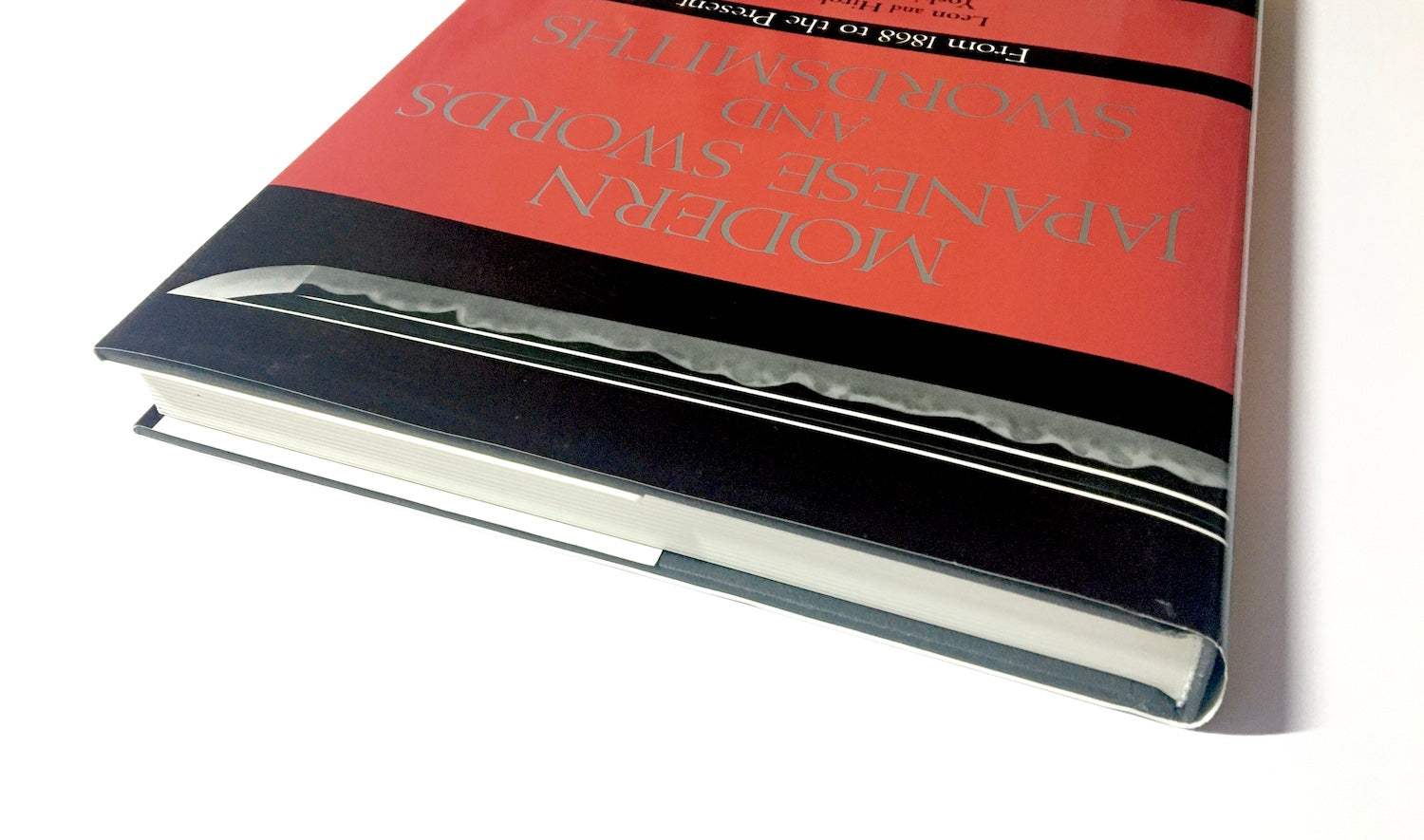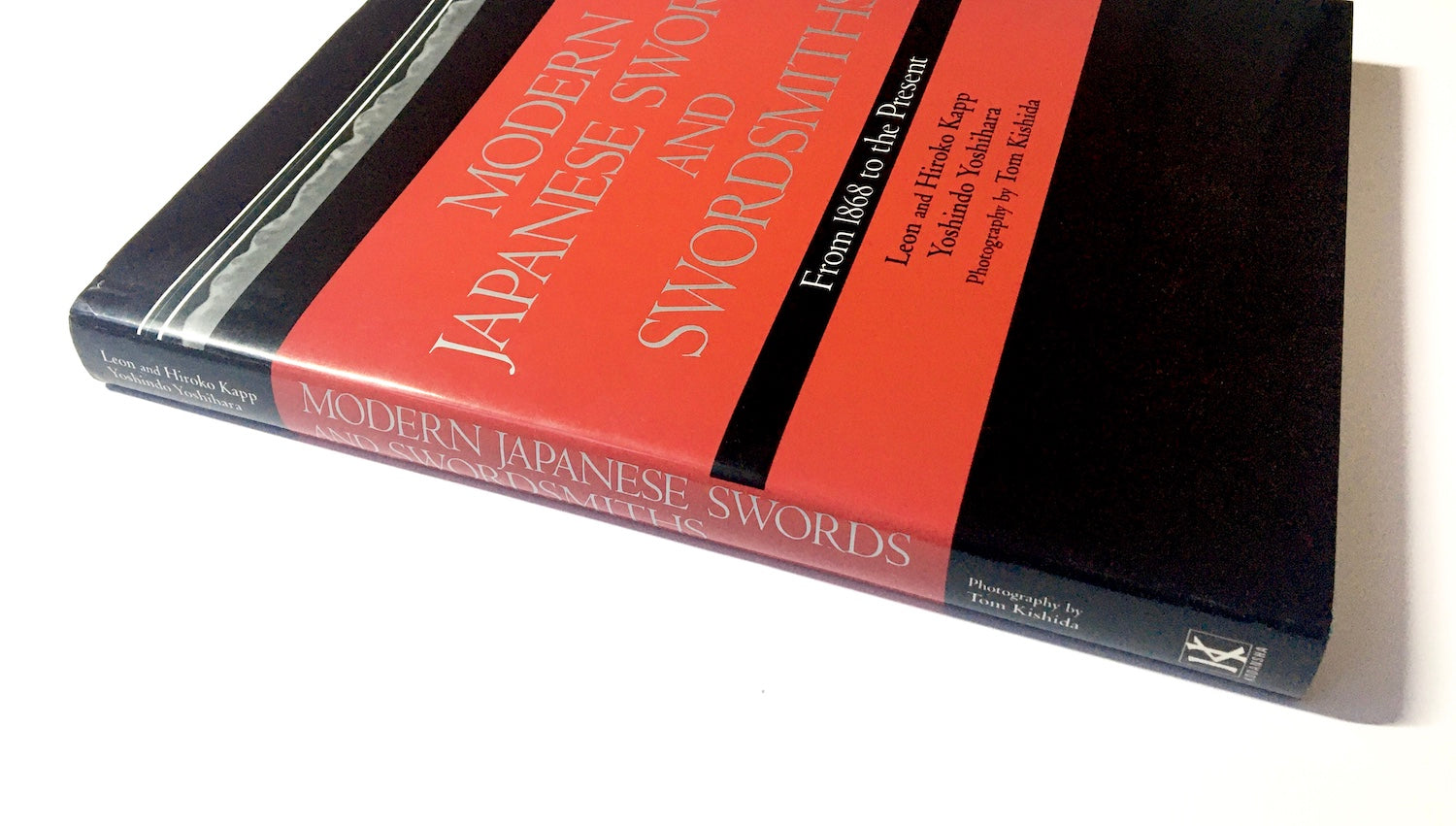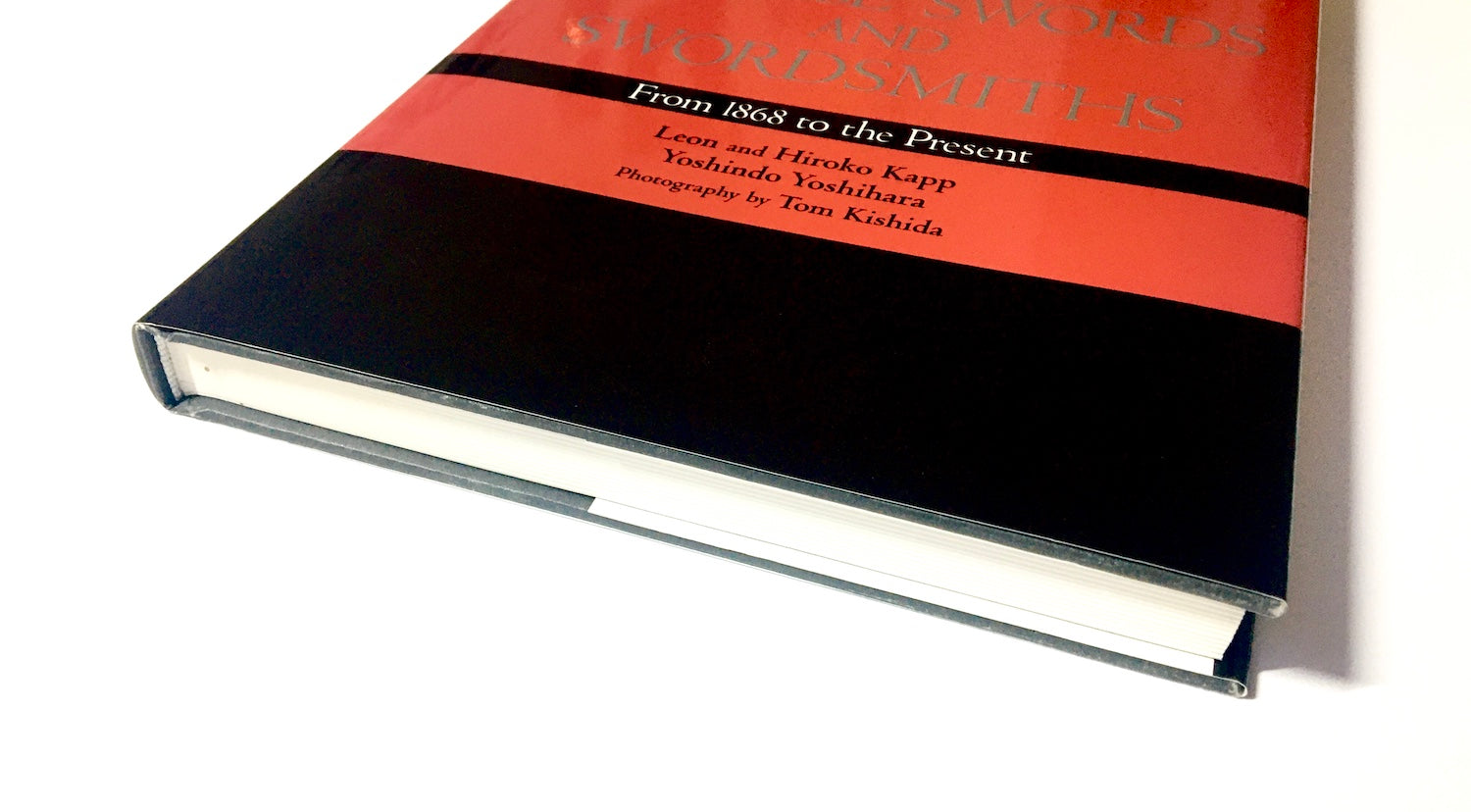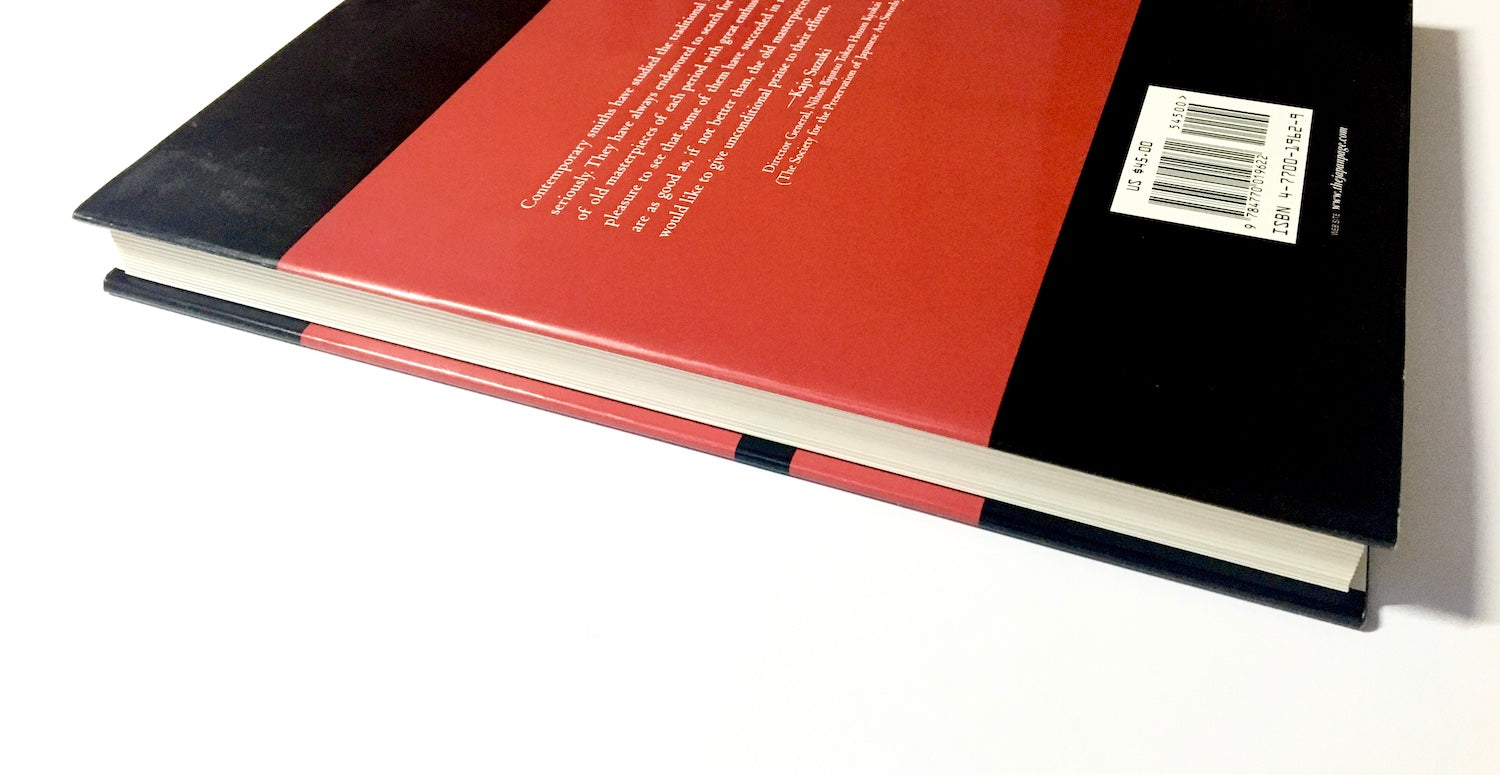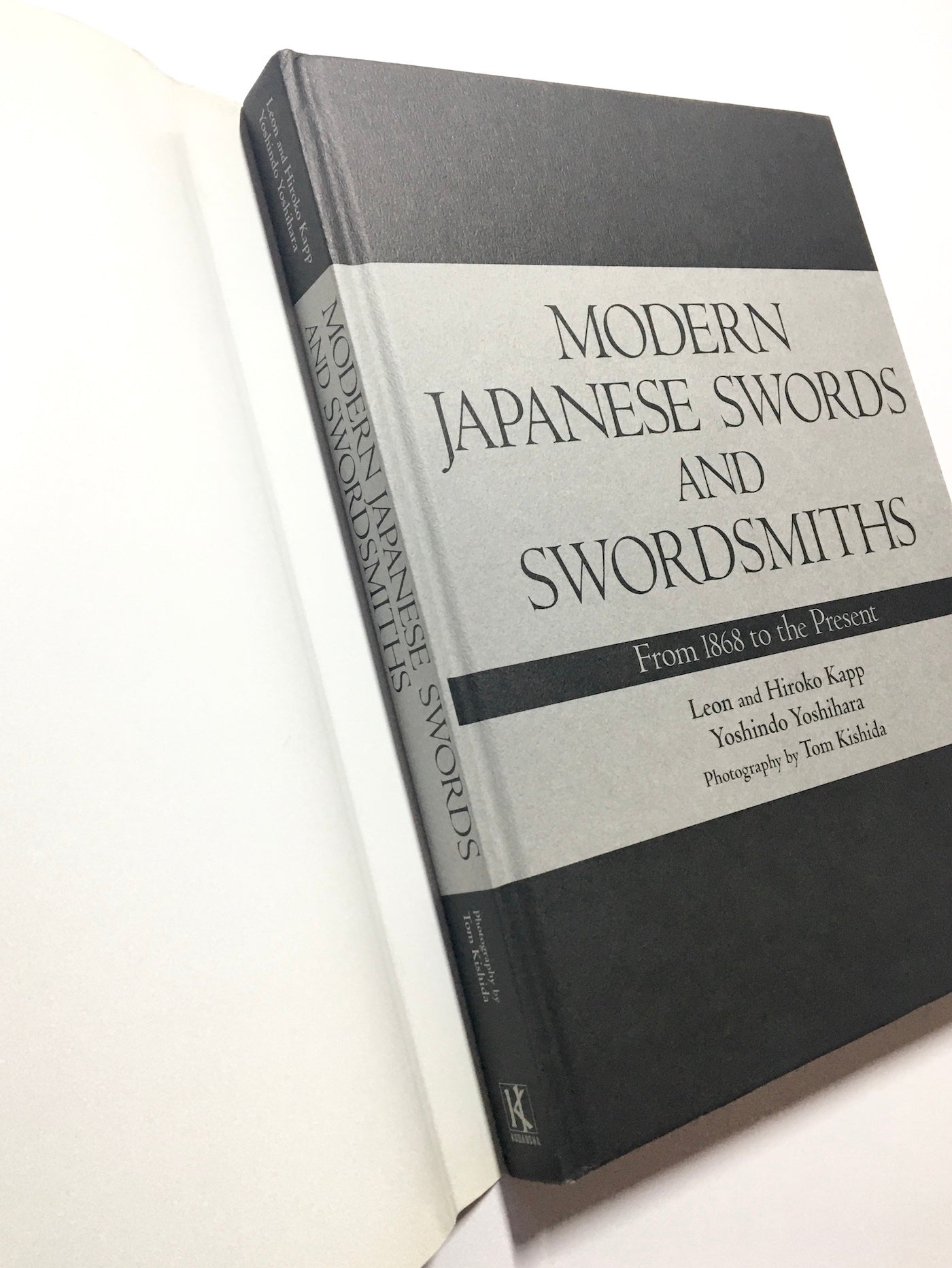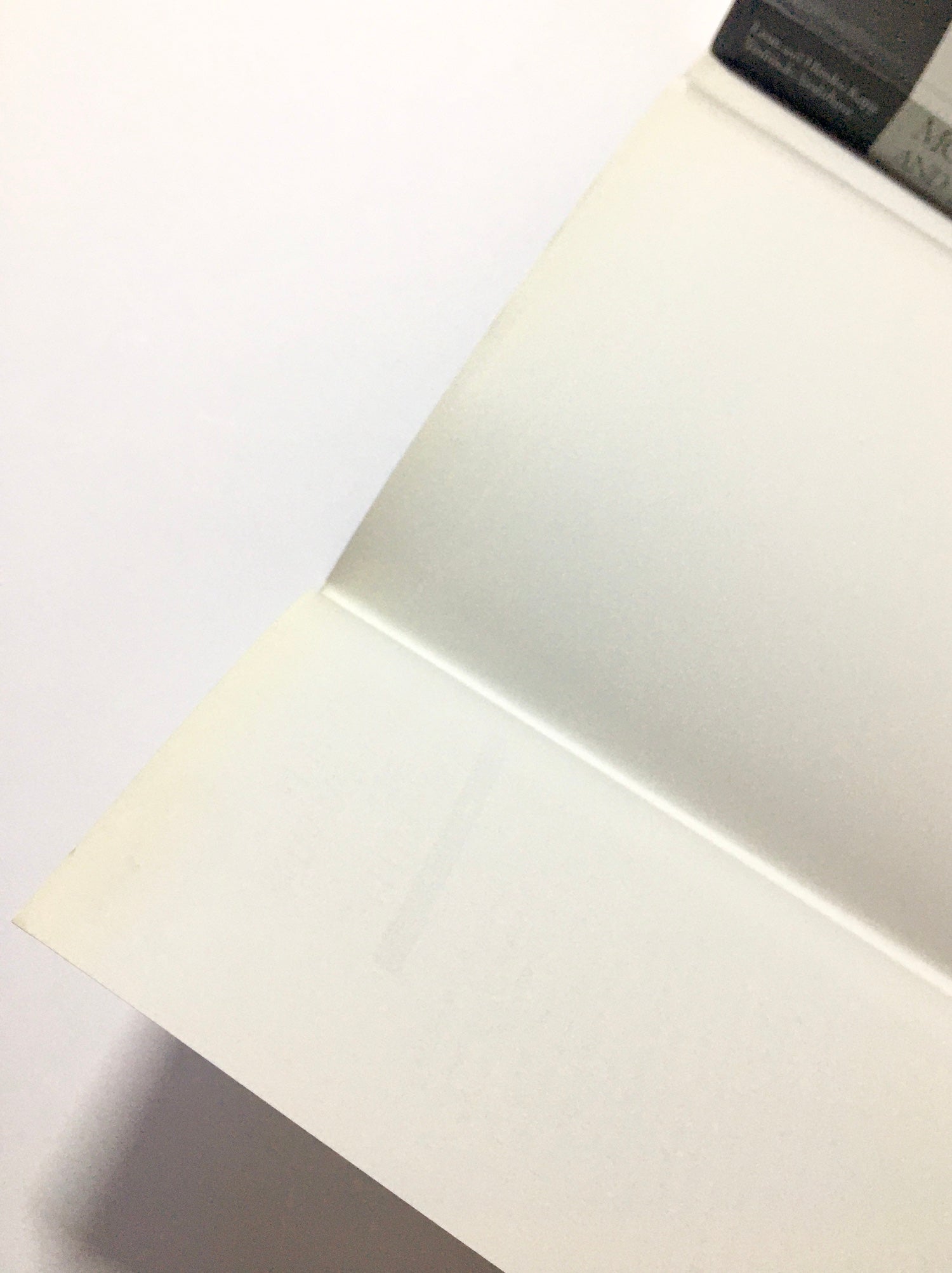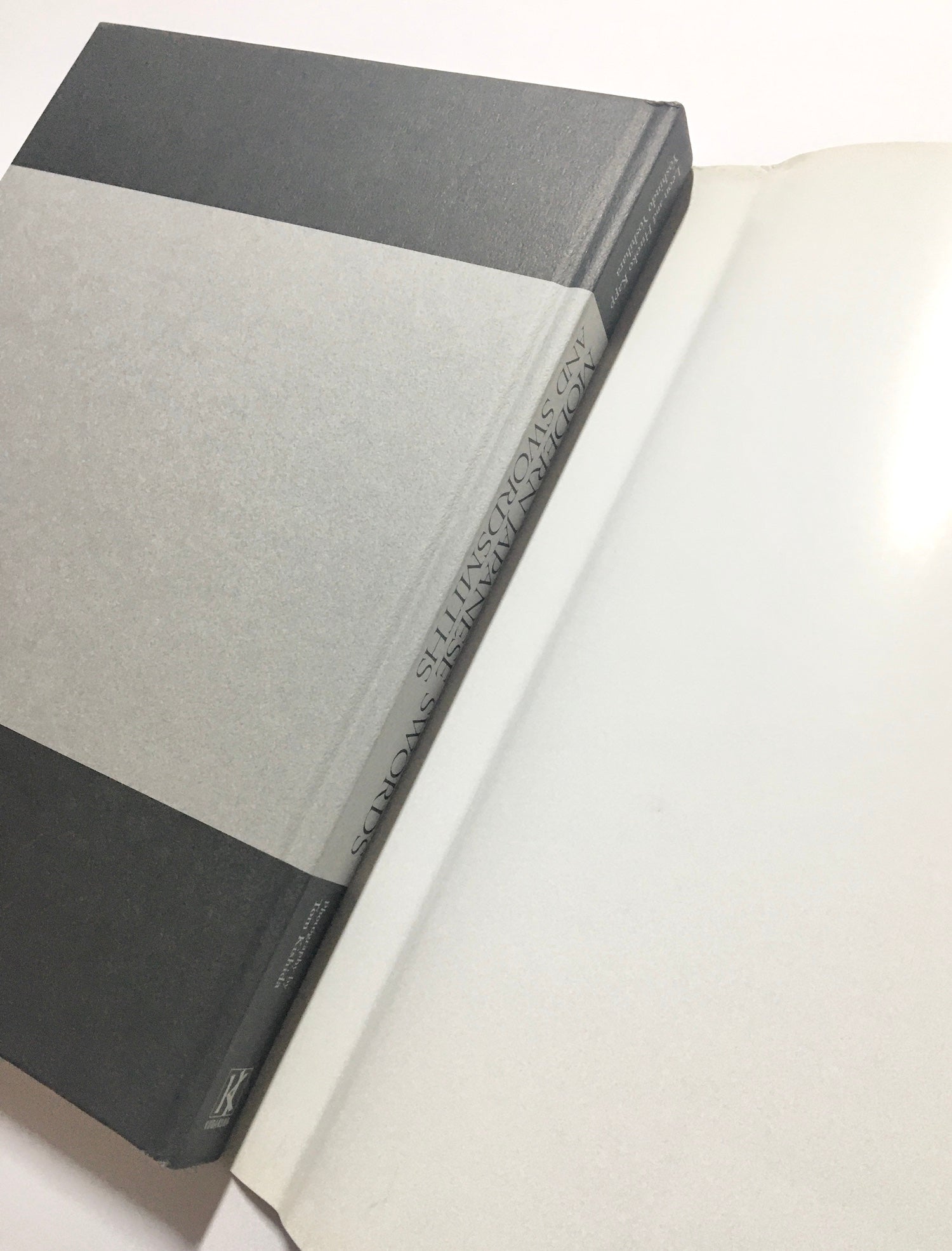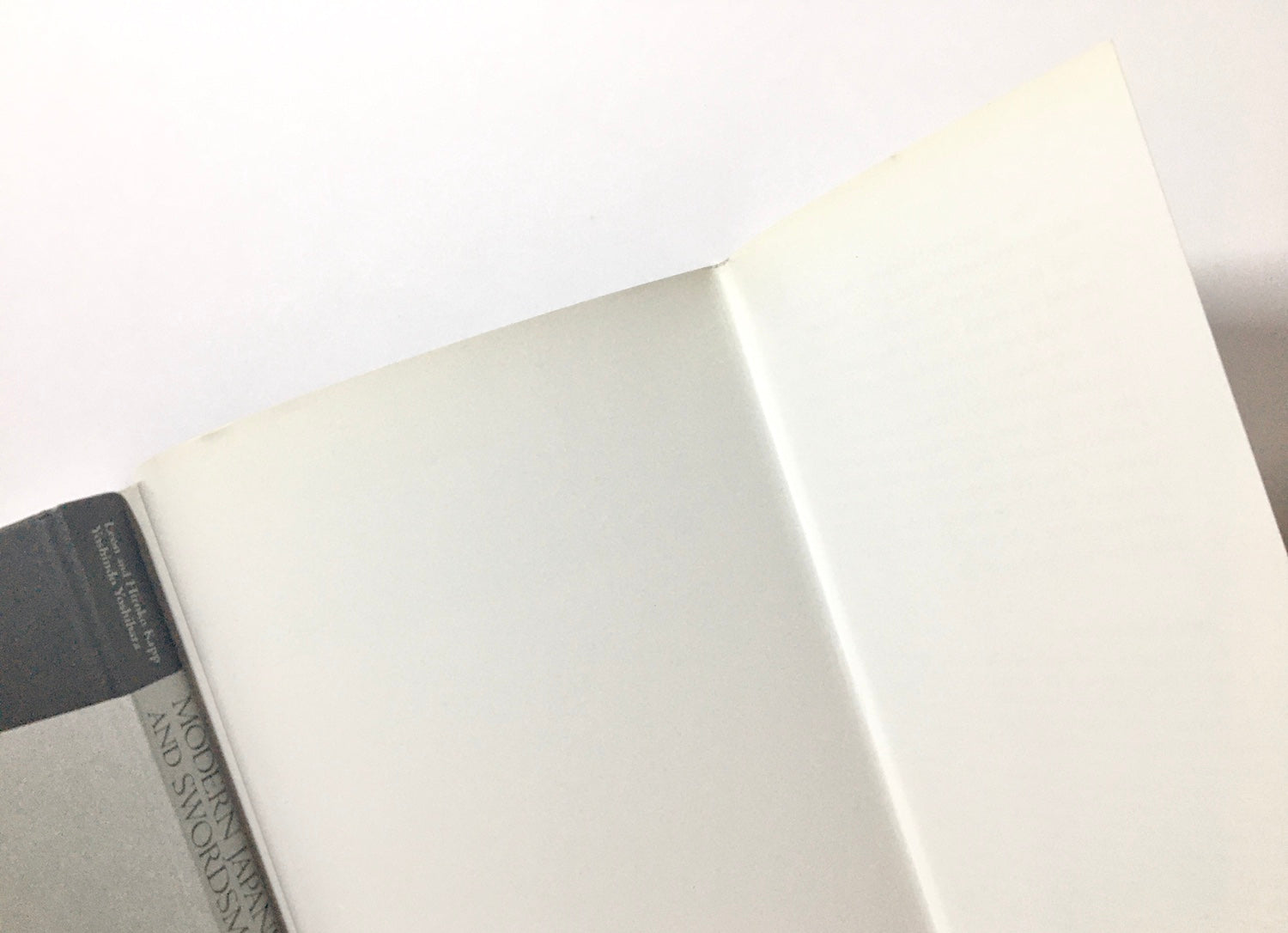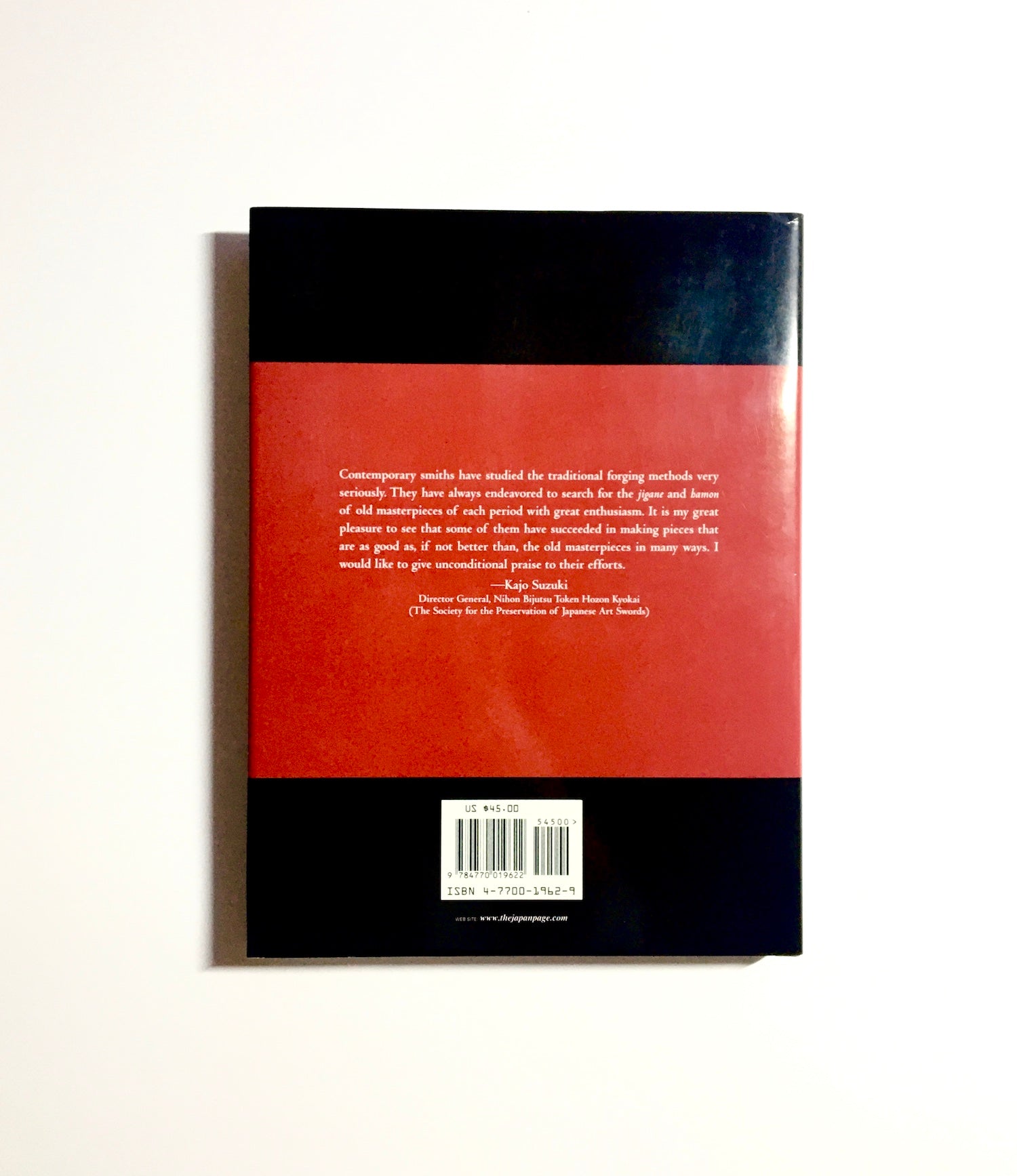Modern Japanese Swords and Swordsmiths: From 1868 to the Present
Modern Japanese Swords and Swordsmiths: From 1868 to the Present
Tsubaki japanese bookstore
Couldn't load pickup availability
by Leon and Hiroko Kapp, Yoshindo Yoshihara
The lineage of the Japanese sword can be traced back over a thousand years, and throughout its long history the sword has emerged as one of Japan's most durable cultural assets. Part of its mythical appeal lies in the unique harmony of its historical roles as deadly hand-held weapon, embodiment of the samurai spirit, and powerful symbol of warfare.
The types of sword that have been made, their forging methods, and the styles of blade have been influenced by historical events and shaped by developments in the means of combat, giving rise to five distinct periods and a host of styles and schools. The most recent period, gendaito, began in the late nineteenth century, during Japan's drive to modernize its military forces. The demand for traditional swords all but disappeared, and many schools and styles became virtually extinct.
In this authoritative new book, Leon and Hiroko Kapp, together with leading swordsmith Yoshindo Yoshihara, coauthors of the bestselling The Craft of the Japanese Sword, describe this most recent period of sword history, and present the work of key craftsmen active today. Through a detailed chronicle of major events in the modern sword world, the authors illustrate the developments in sword-making, its movement into artistic spheres, and the challenges swordsmiths have faced over the last century.
Many of today's smiths seek to revive the ancient arts of sword forging, and at the same time create a vital and meaningful artistic role for the sword in a modern context. In part three of this book, the authors present informative interviews with twenty-two modern smiths, who demonstrate how the blade's aesthetic power derives from a symmetry of the sword's basic elements—steel, shape, and texture—and this harmony affords the blade a singular and delicate beauty. Part four widens the scope beyond swordsmiths to include perspectives from other experts involved with gendaito, from martial arts practitioner to metallurgist. The book also includes comprehensive and intricate lineage charts of the major historical schools.
The heightened aesthetic sense that characterizes the contemporary sword and its production has ushered in what can be categorized as a distinctly new era of sword history —shin-gendaito. Throughout this book the authors make a compelling argument for the introduction of this new term, which can more accurately reflect the dynamic changes that have taken place in this most modern chapter of sword history. Lavishly illustrated with rare historical photographs and works of the best smiths, including Living National Treasures, this will be essential reading for the student and connoisseur alike, as well as readers interested in skilled craftsmanship in general.
Condition: Very good
Format: Hardcover
Published: 2013
Pages / Size: 224p, 26.4 x 20 x 2.2 cm
Language: English
ISBN: 9784770019622
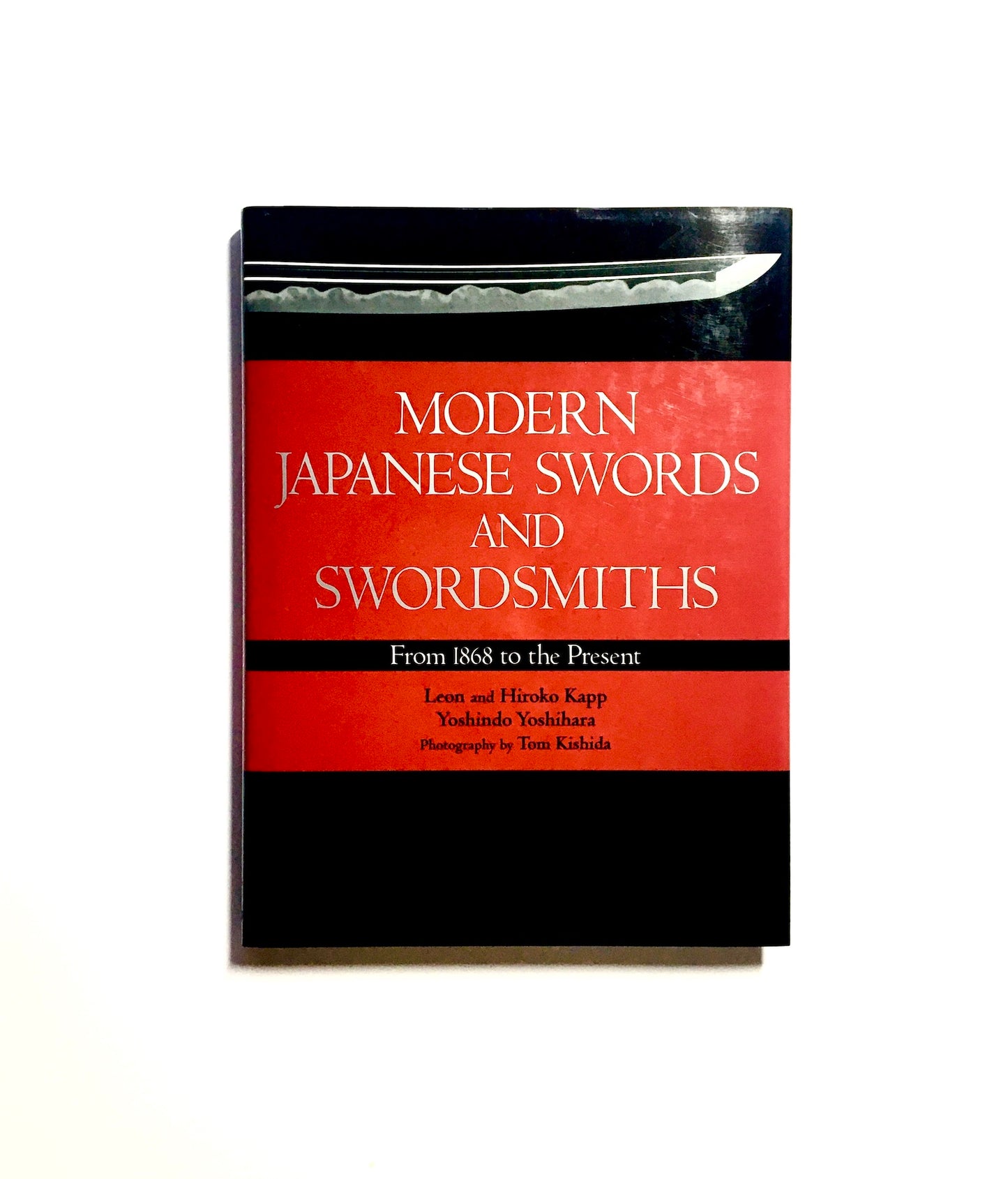
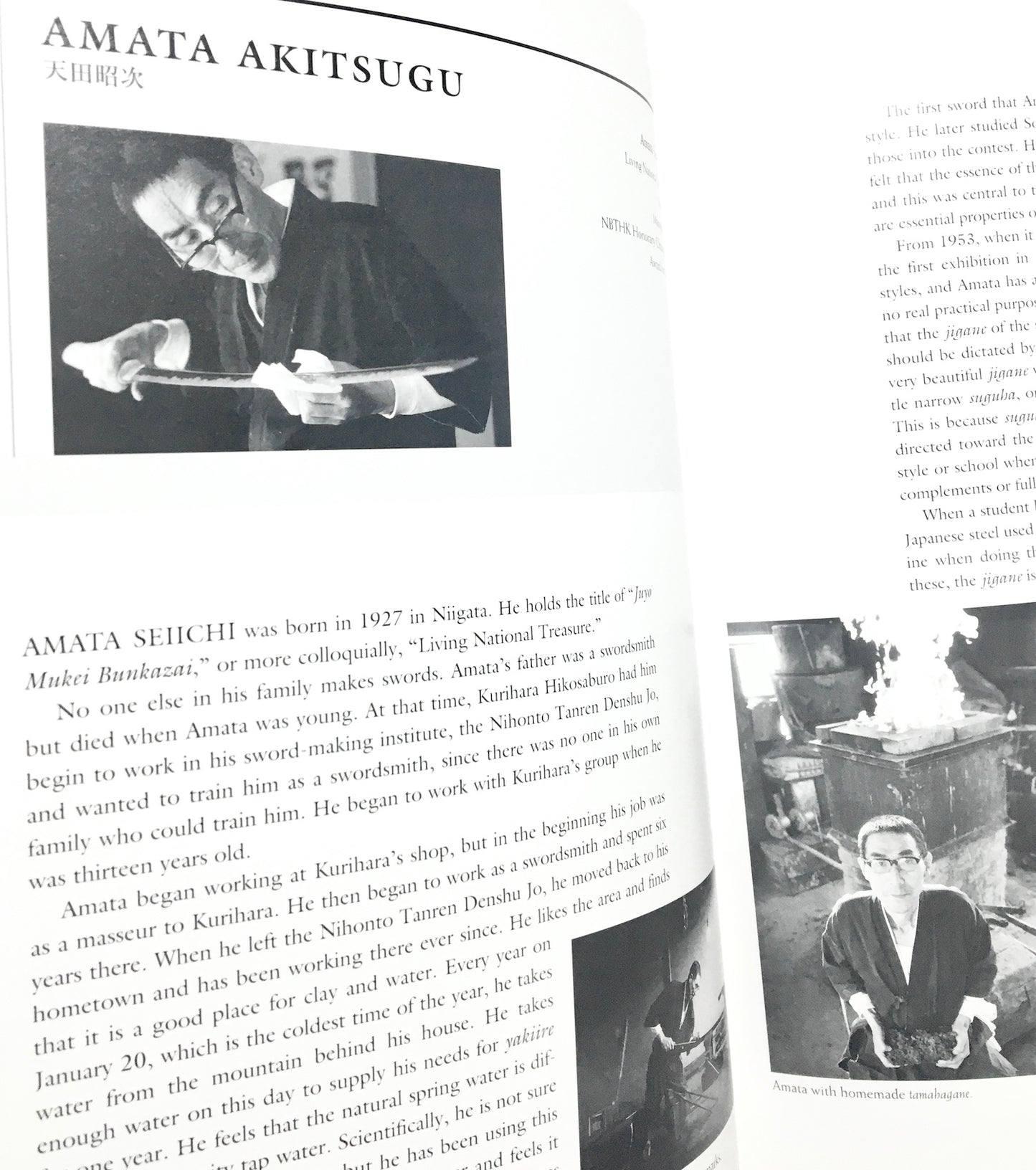
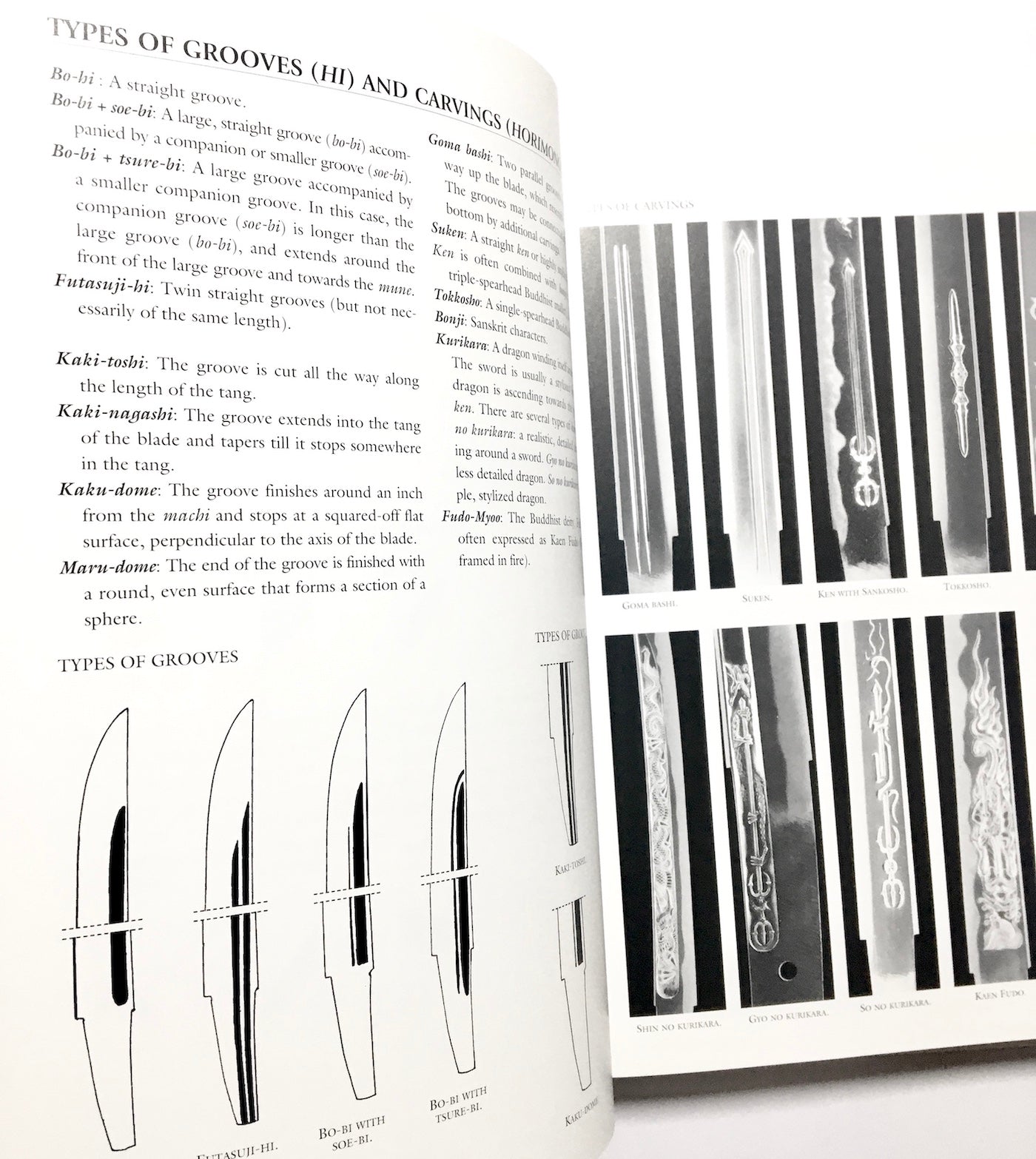
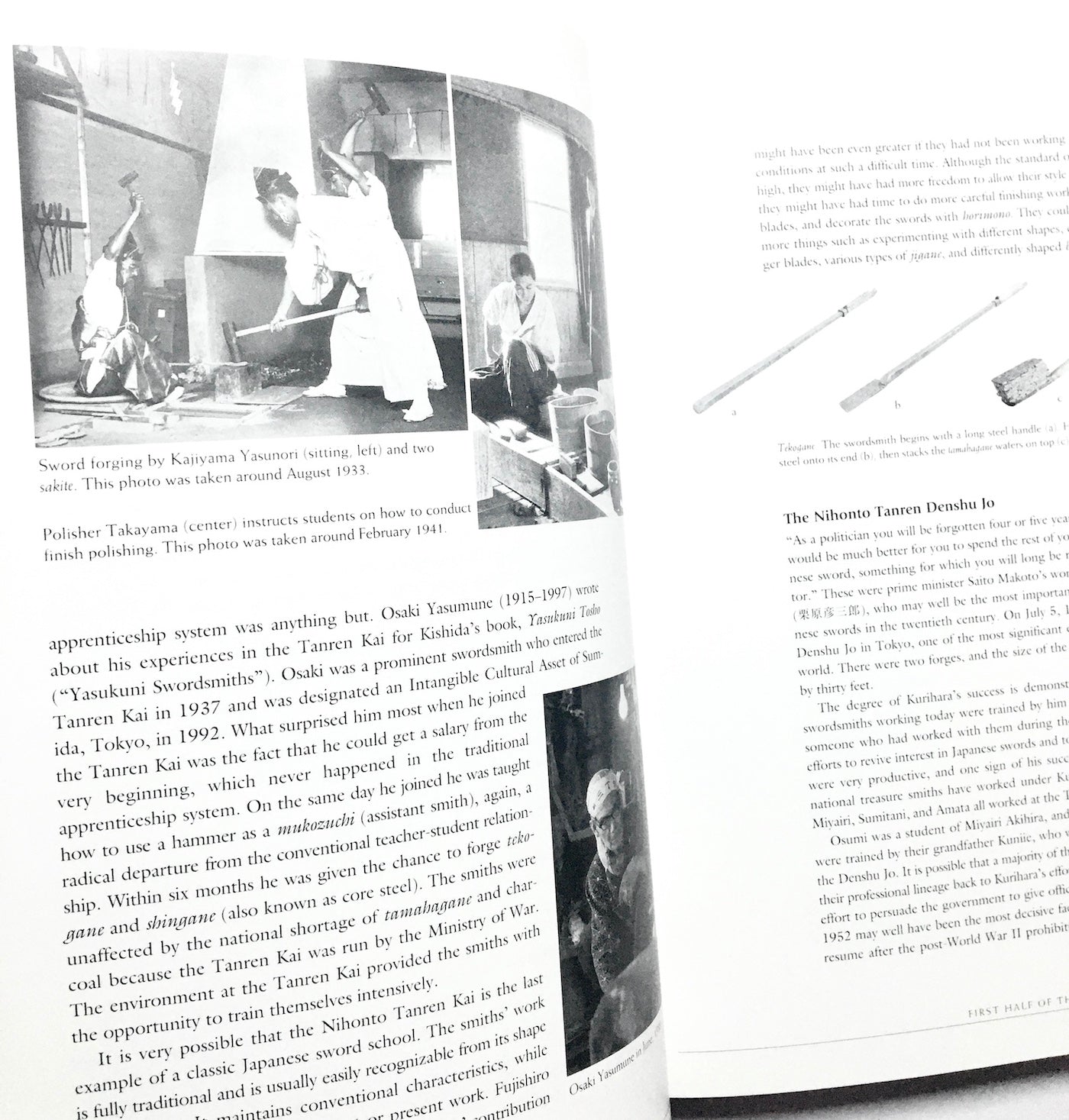
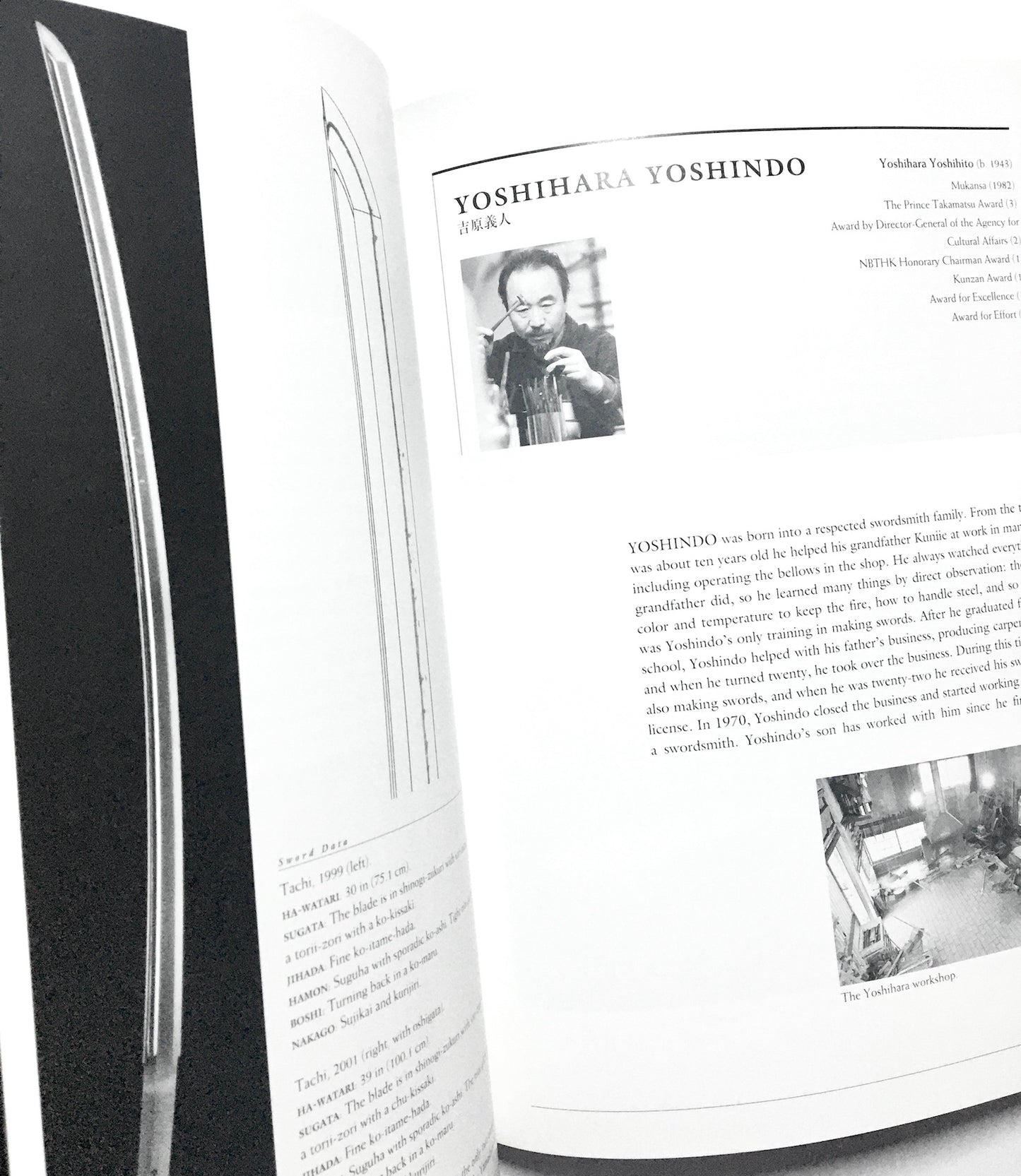
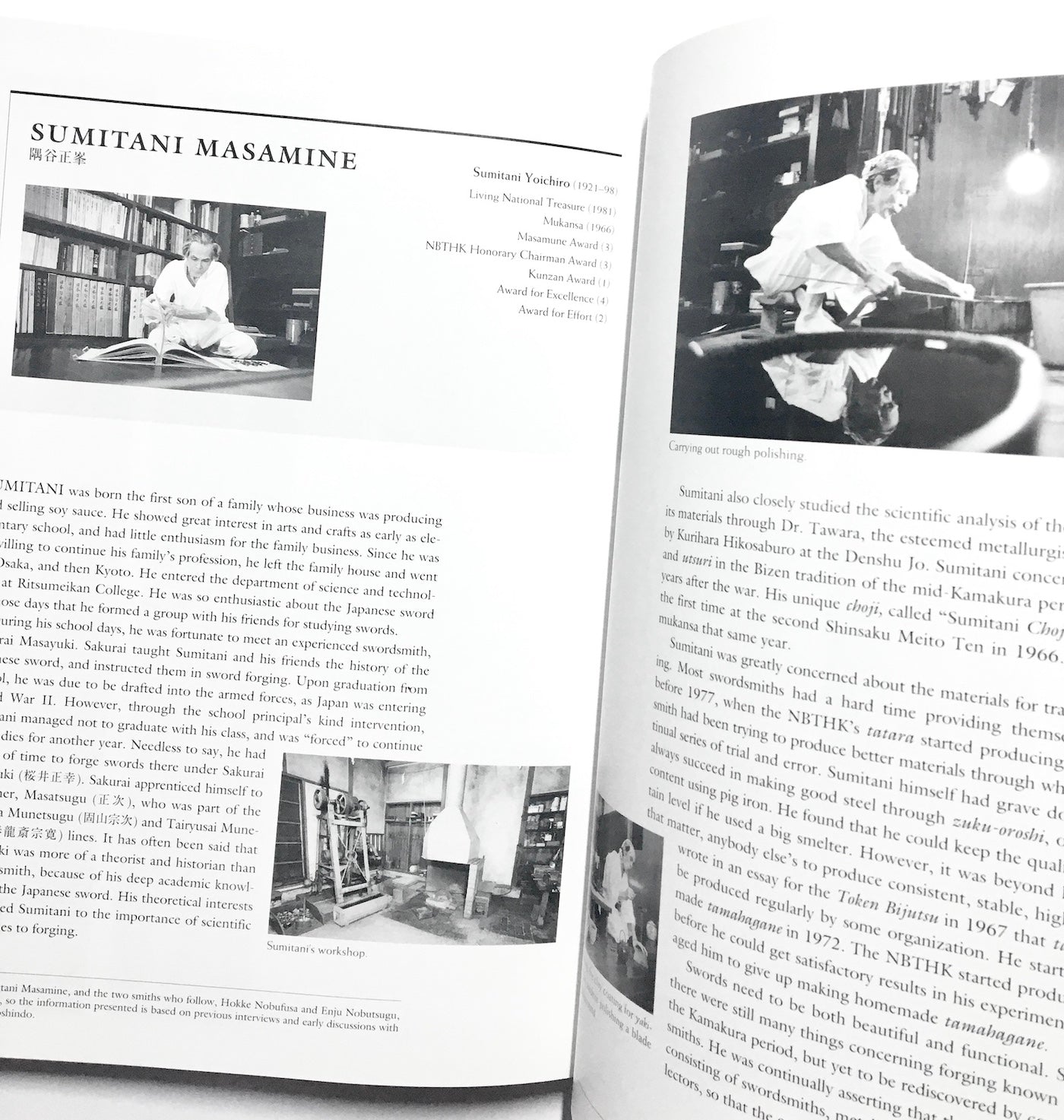
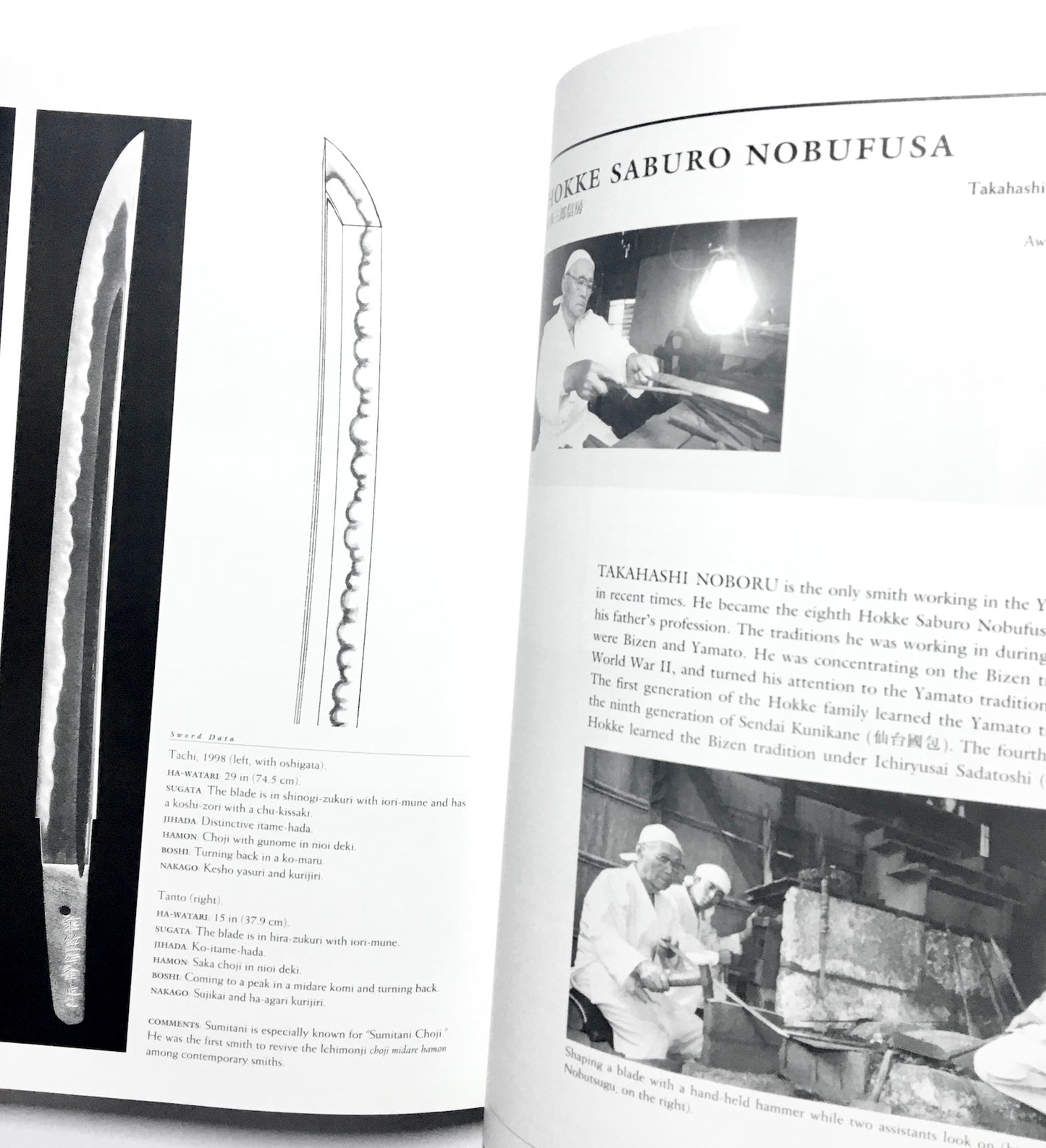
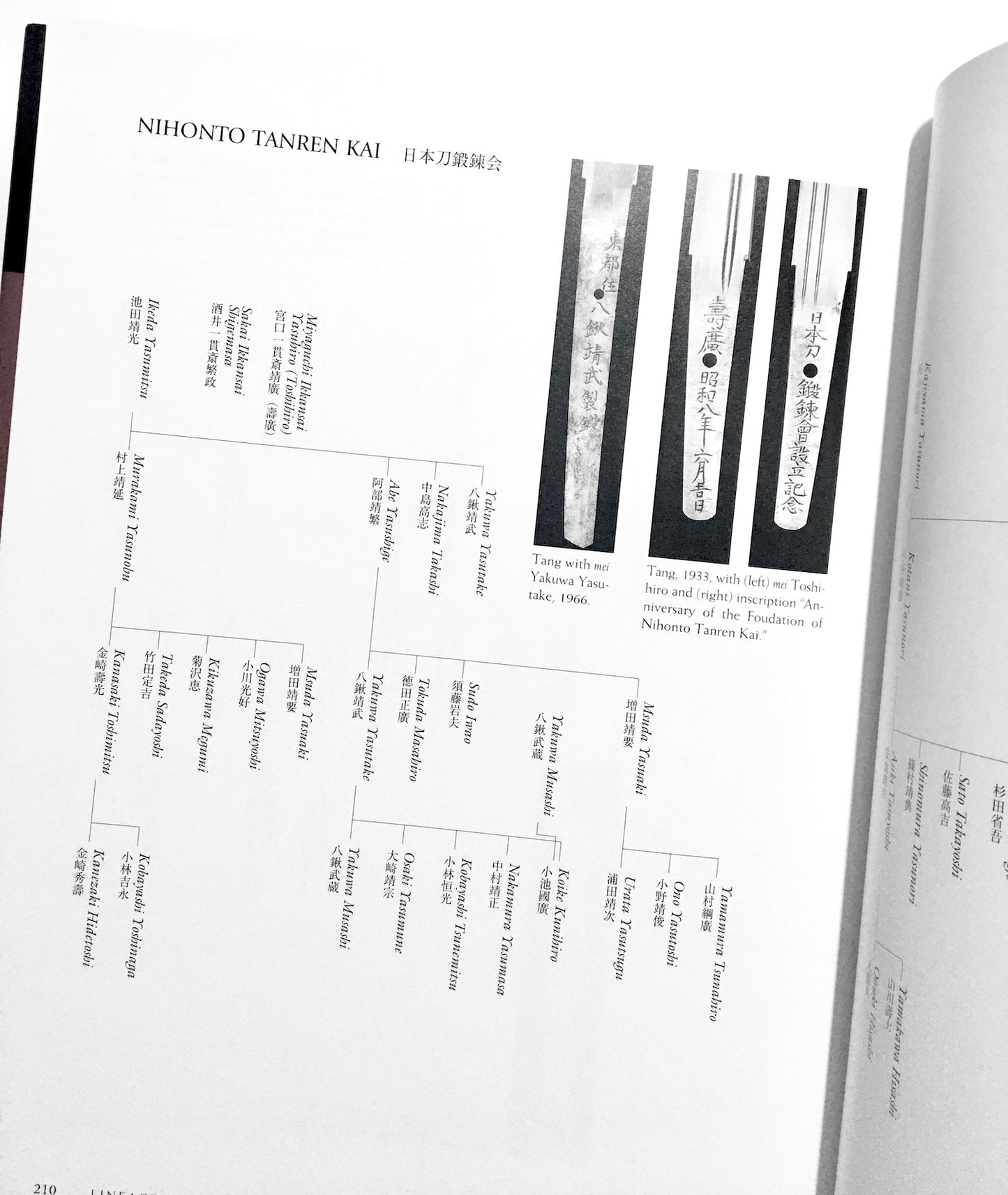
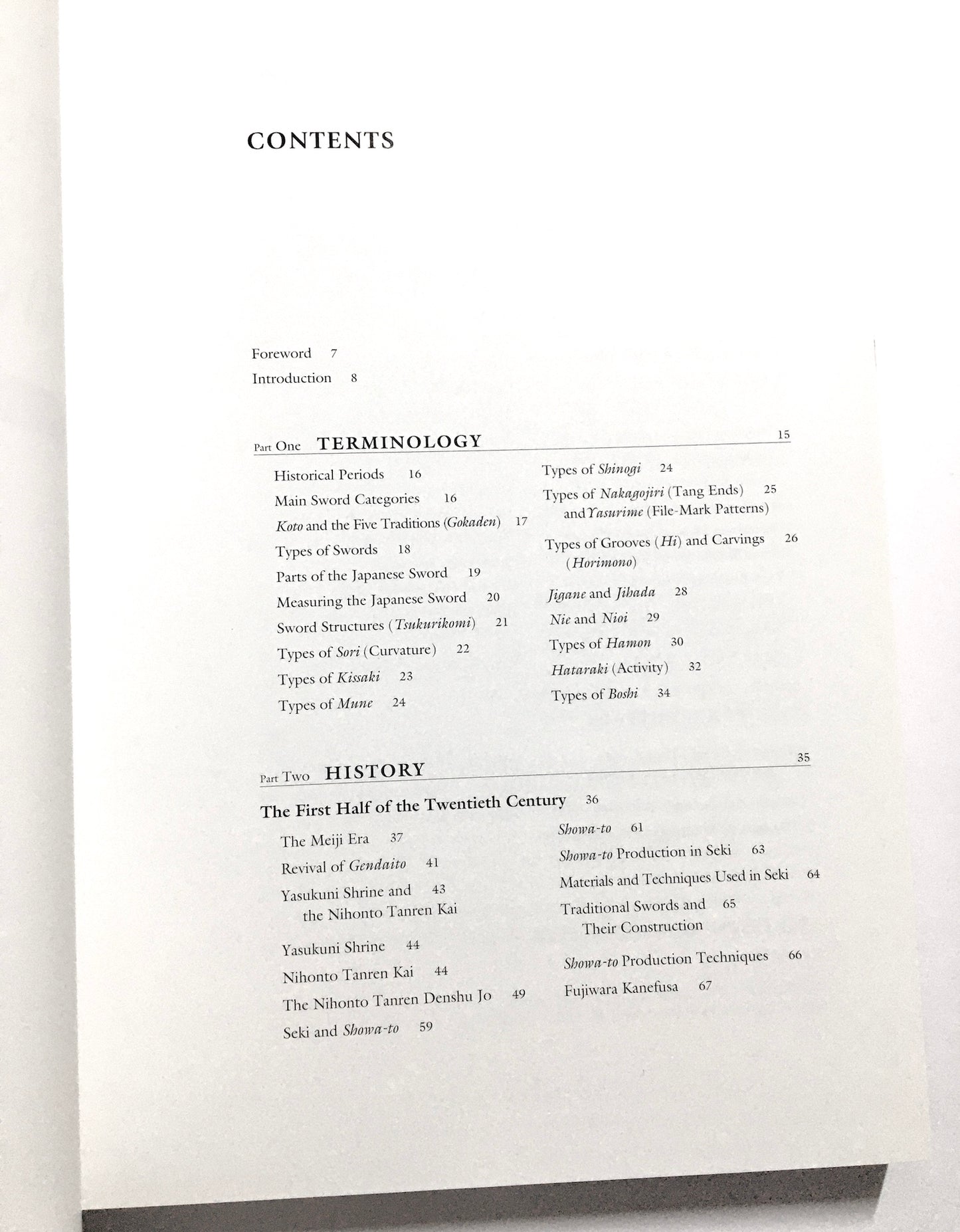
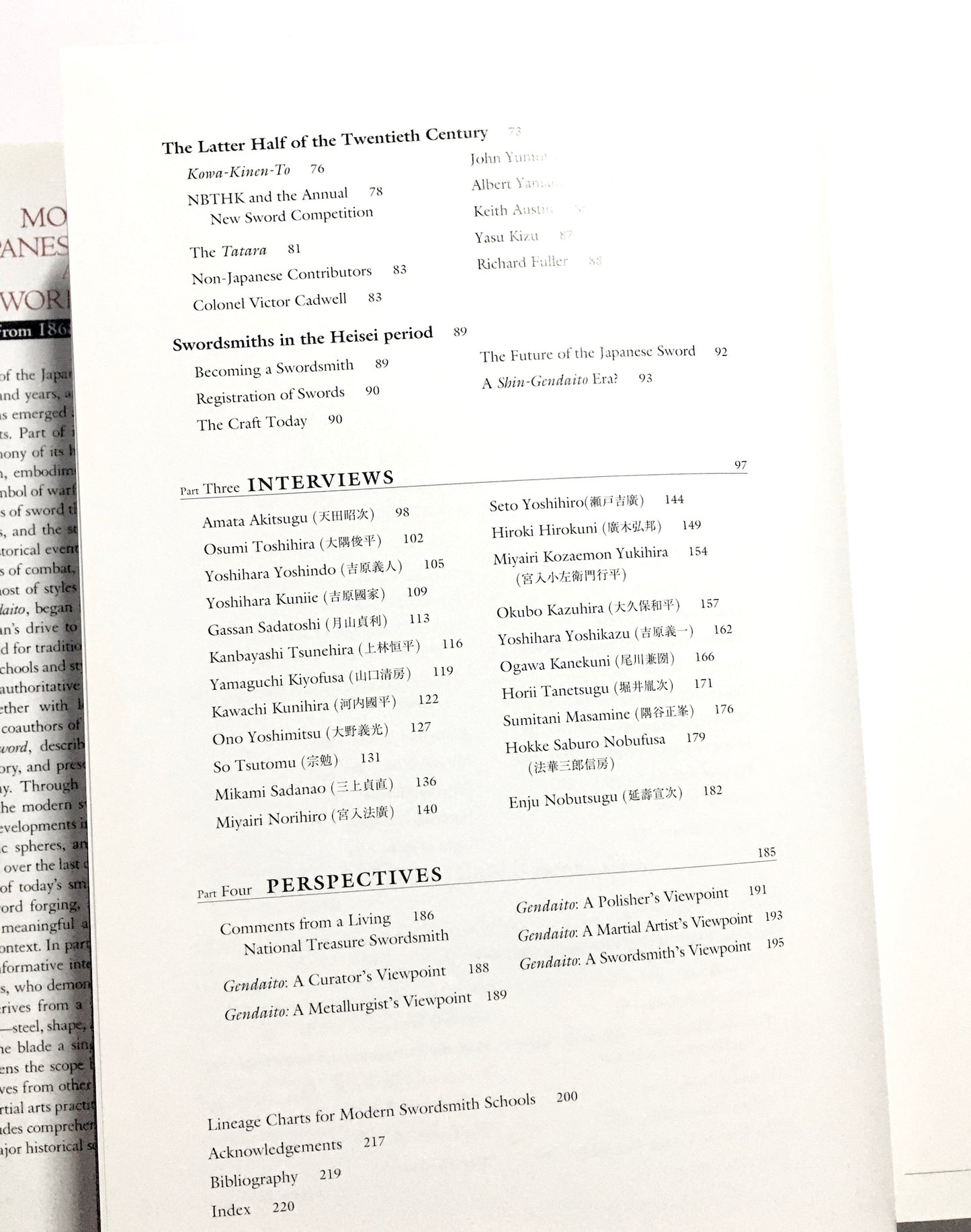
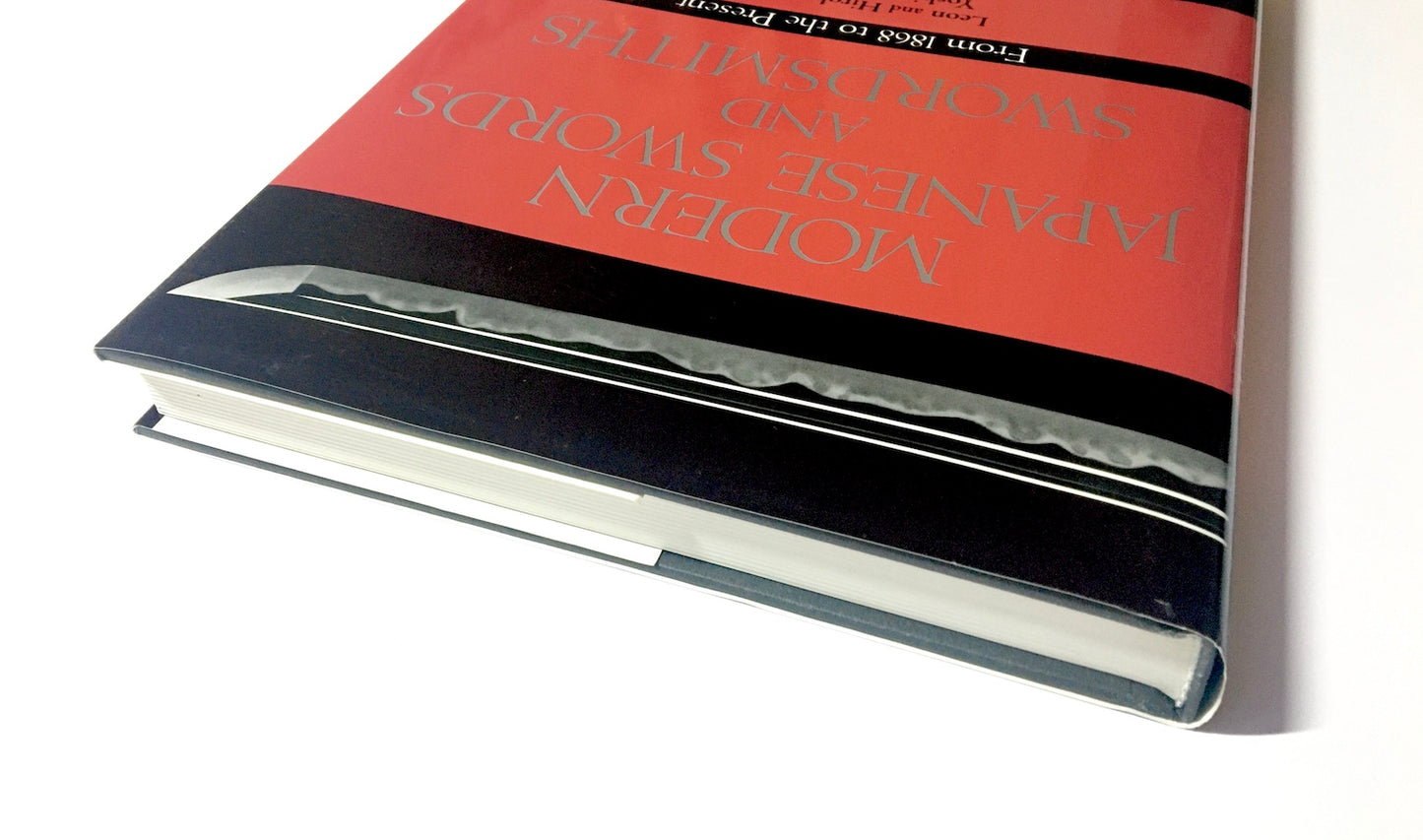
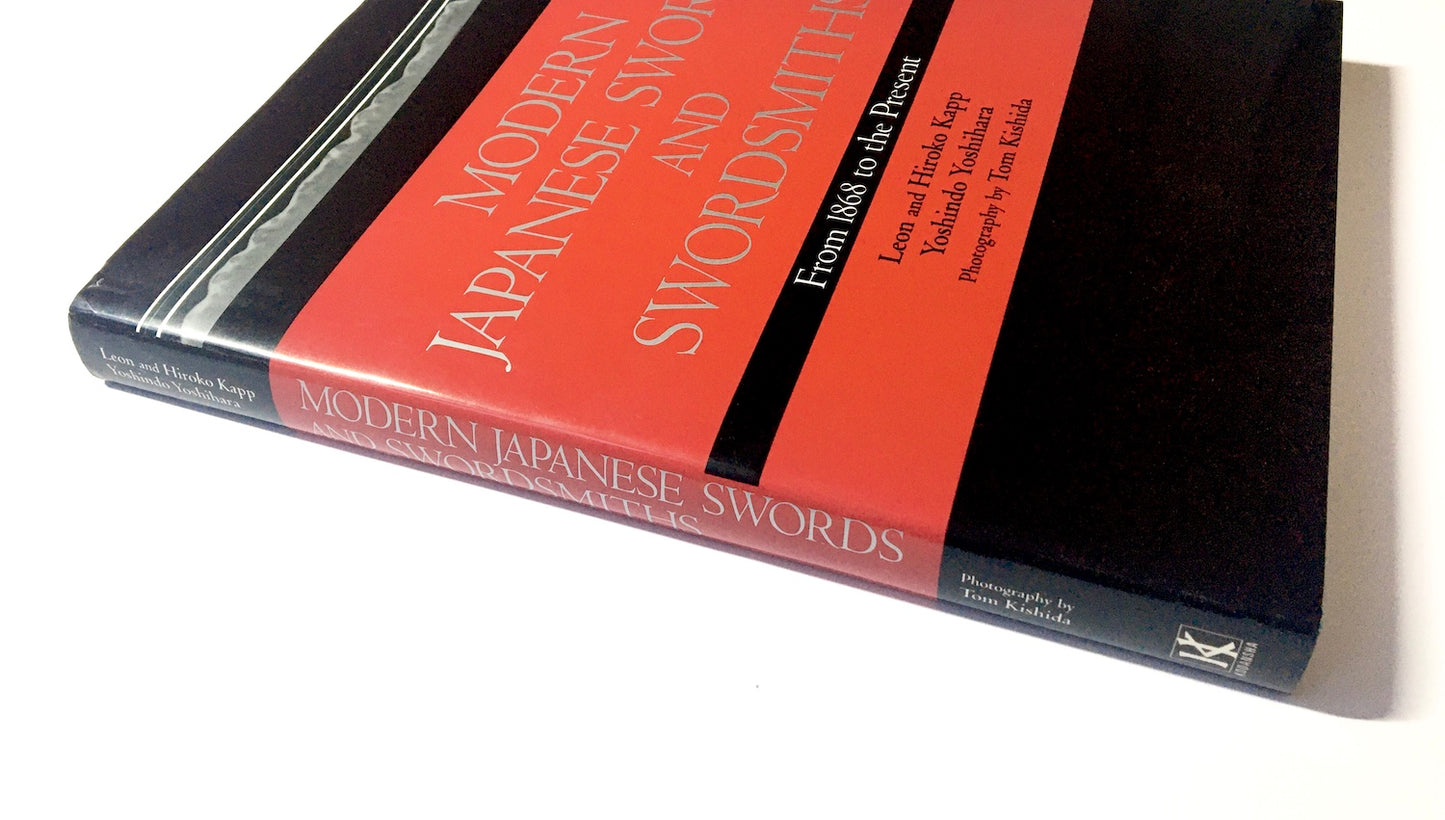
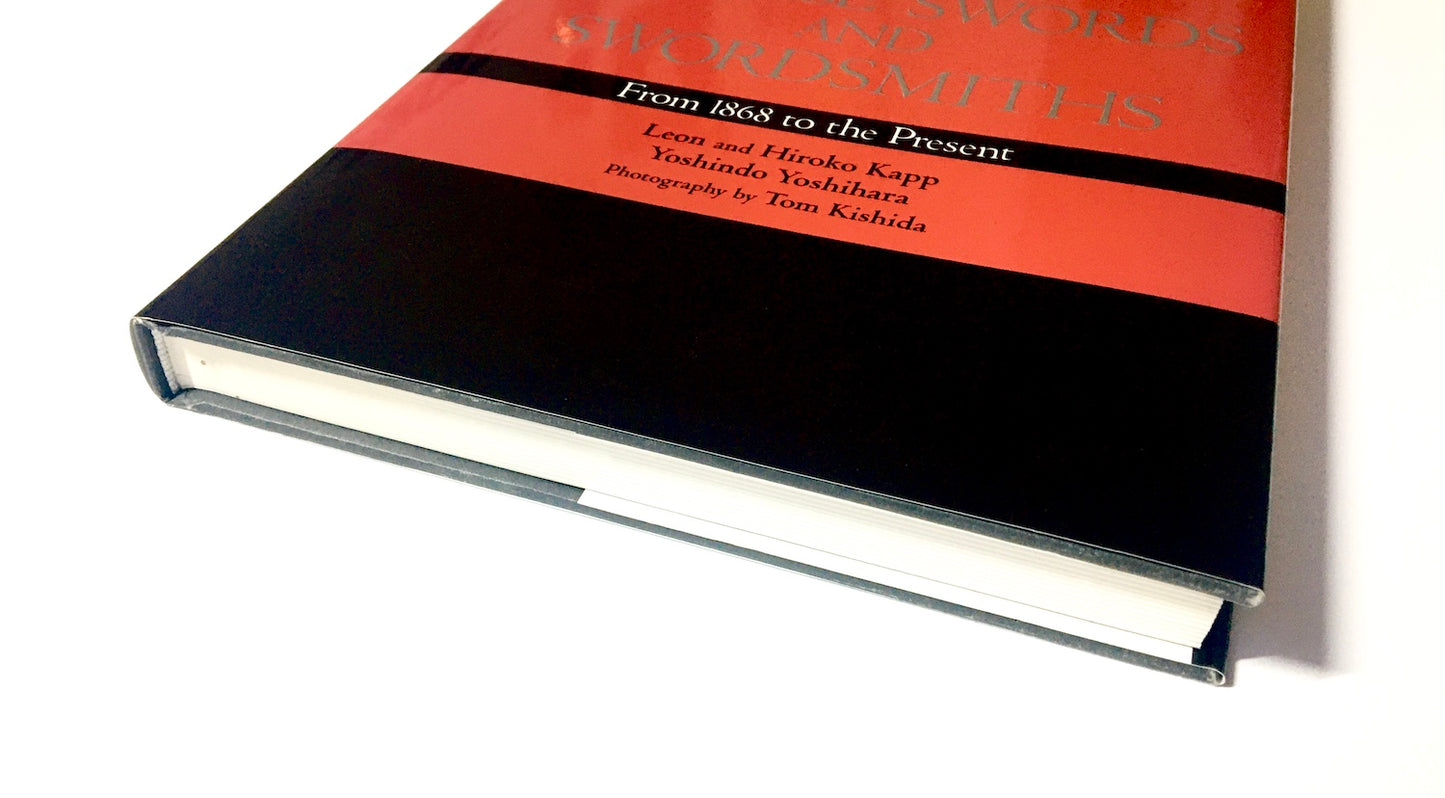
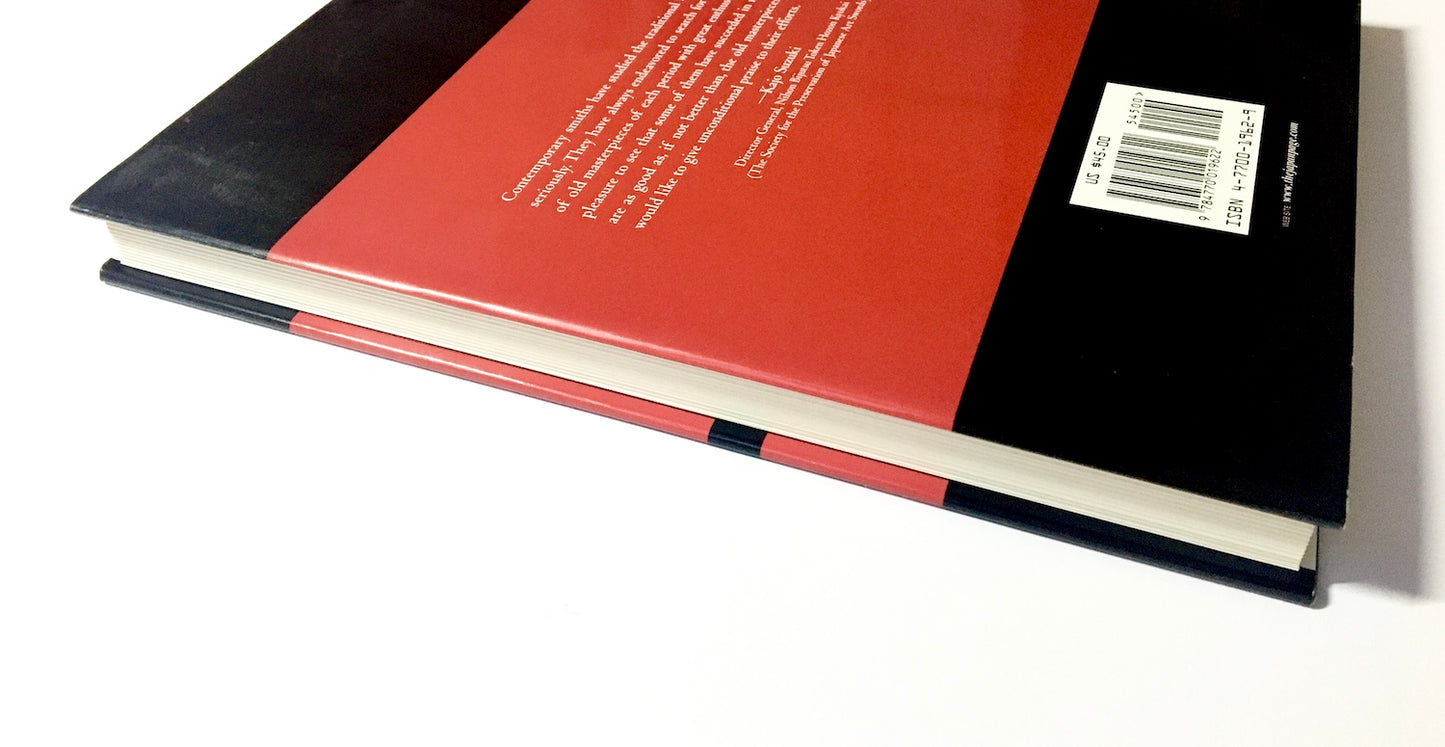
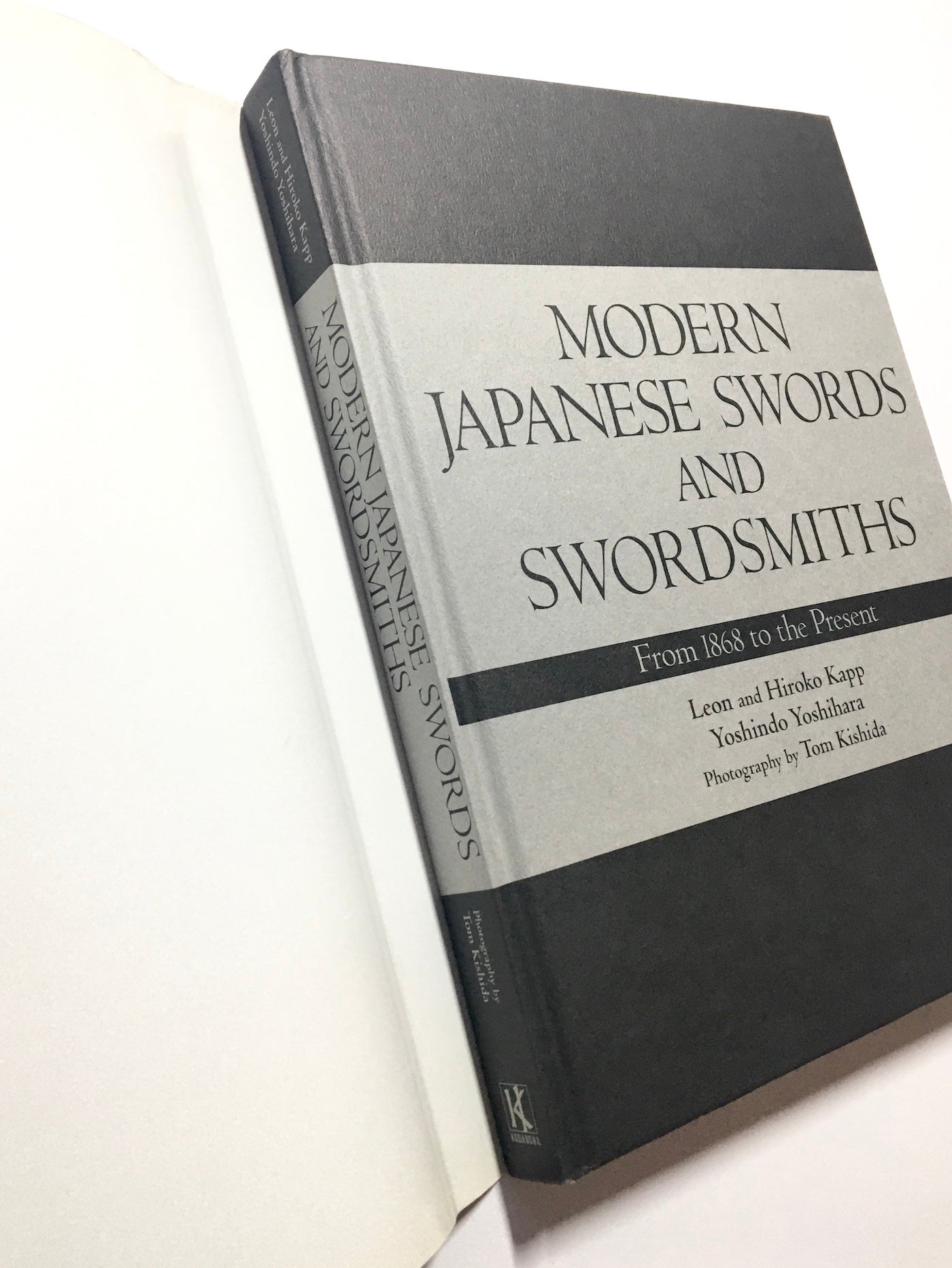
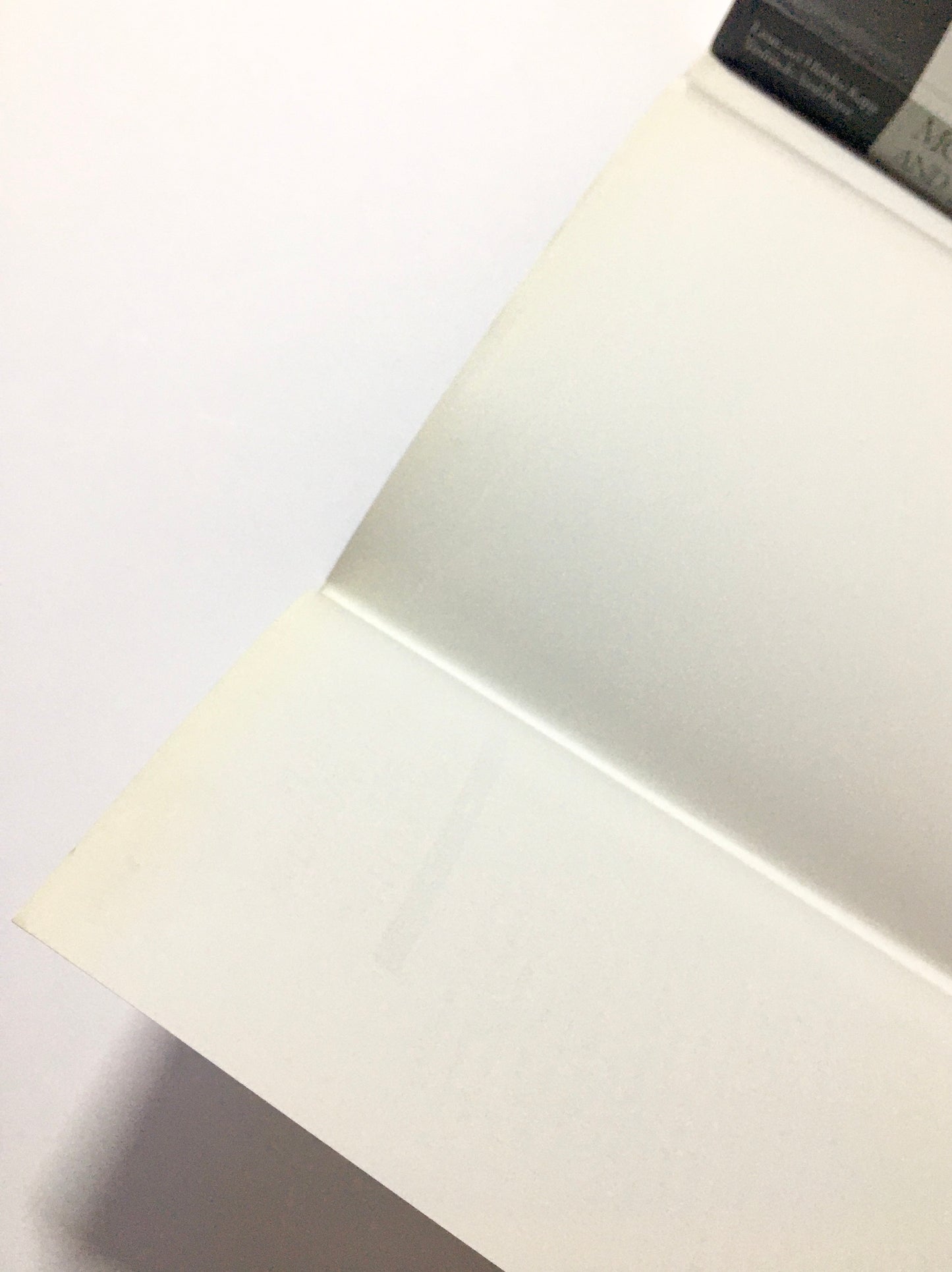
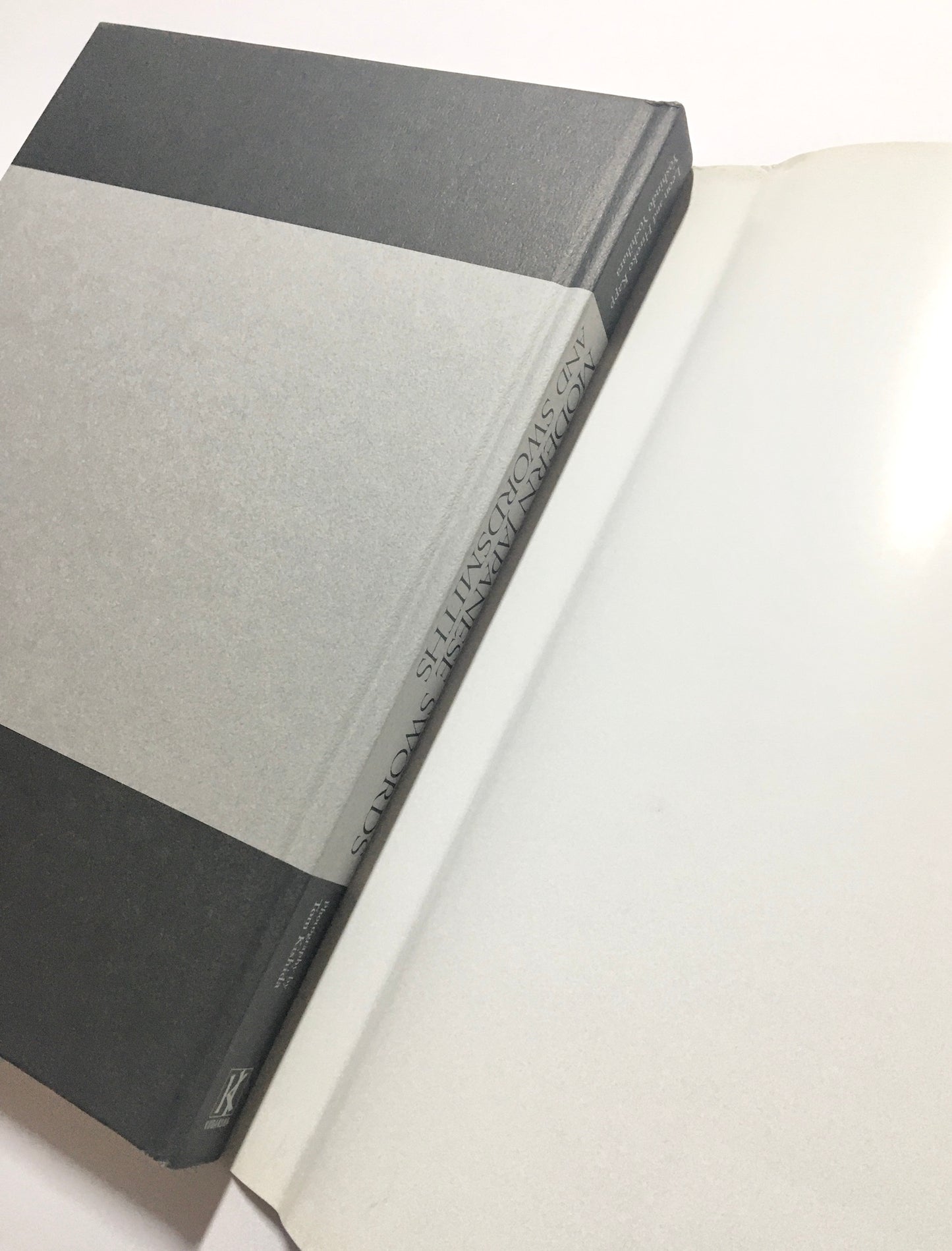
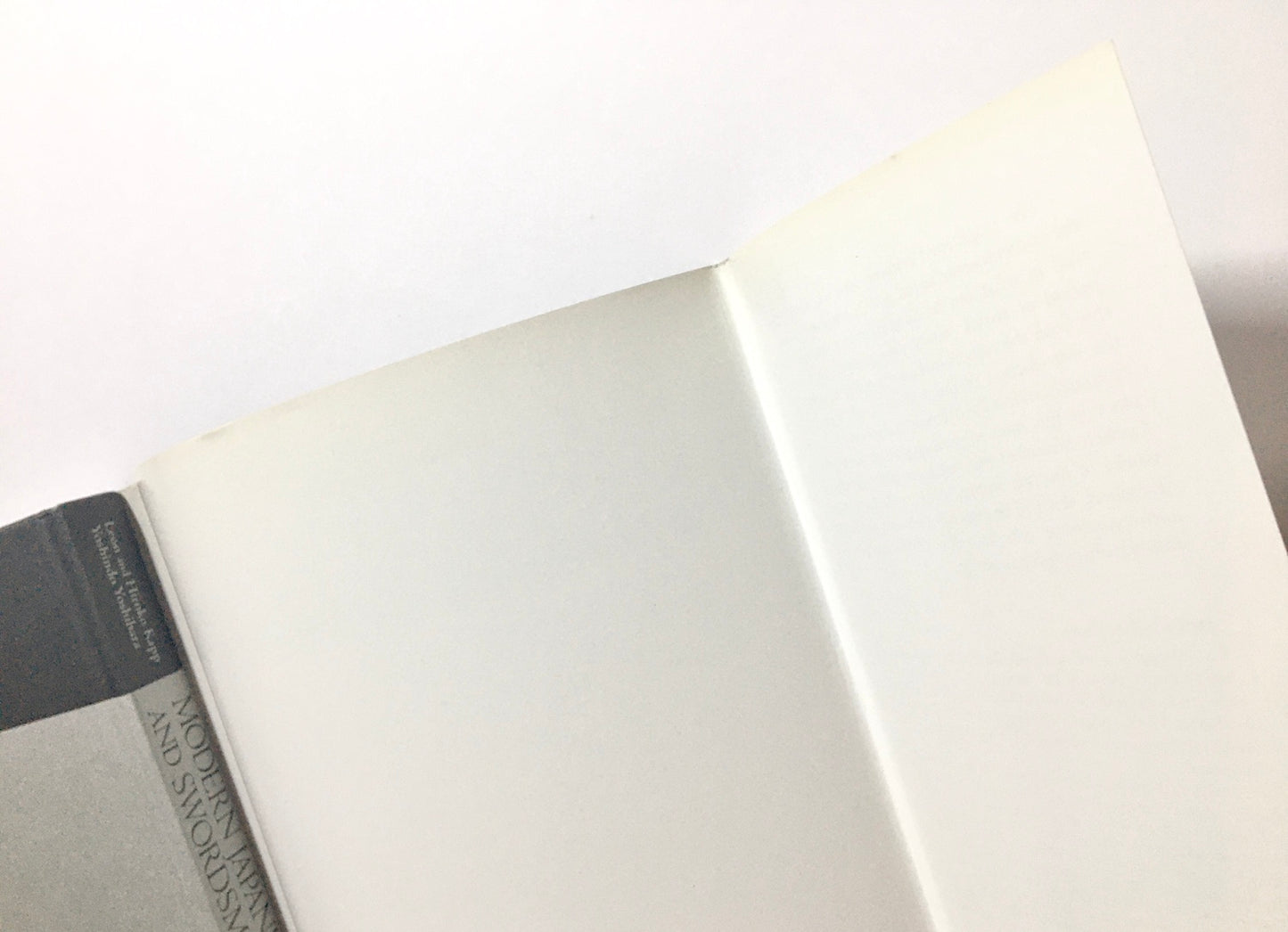
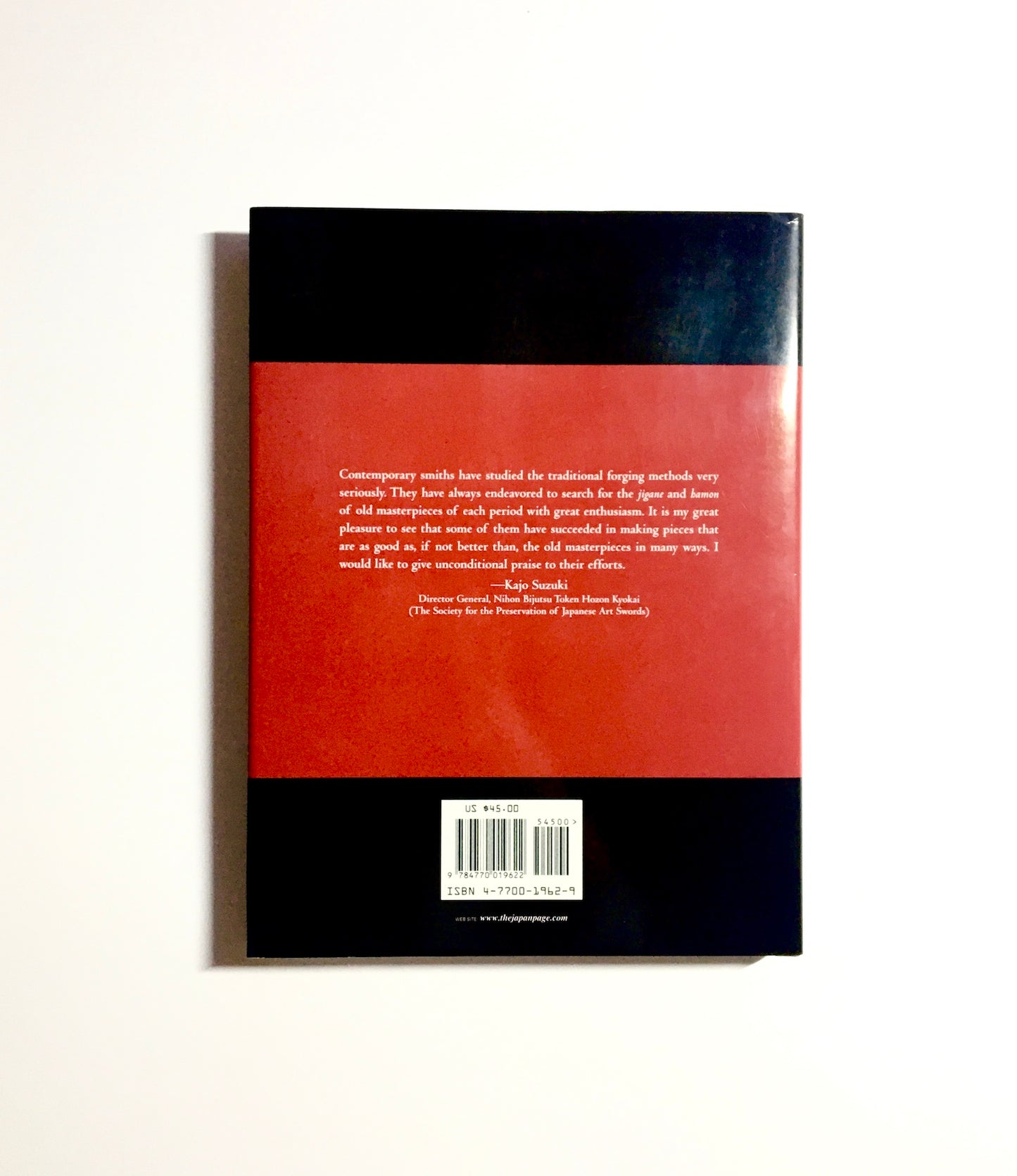
Shipping policy
Shipping cost
Free standard shipping to Germany on orders of €50,00 or more (after any coupon and sale discounts).
| Weight | Price |
| 0g - 999g | €3,50 |
| 1000g - 1999g | €6,50 |
| 2000g - 4999g | €7,50 |
Please contact us for orders from outside Germany.
Your order will be shipped after we receive your payment.
Unless otherwise specified in the respective offer, the goods are delivered domestically (Germany) within 3 - 7 days after the conclusion of the contract (if advance payment has been agreed after the time of your payment order)
Please note that there will be no deliveries on Sundays and public holidays.
If you have ordered items with different delivery times, we will send the goods in one shipment, unless we have made a different agreement with you. In this case, the delivery time is determined by the item with the longest delivery time that you have ordered.
If you have further questions you can contact us anytime using the contact details found in the legal notice.
Collapsible content
◎ Books Condition Guide
- New : This is a new book, unused, unread copy in perfect condition.
- Very good: A book that looks new but has been read. Cover has no visible wear. No missing or damaged pages, no creases or tears, and no underlining or highlighting of text, and no writing in the margins, possible very minimal creasing.
- Good : The book has been read but is in good condition. It has very minimal damage to the cover, including scuff marks. The binding has minimal wear. The majority of pages are undamaged with minimal creasing or tearing. There are no missing pages. A book in fair condition, the text pages and illustrations will be complete. It may also be worn or show some early signs of splitting internally at the spine. A fair dust jacket will likely have some creases or chips or small tears and may be dirty.
- Acceptable : A worn book that has complete text pages. Binding, jacket (if any) will be worn. Spine may be warped with cracking and scuffing.
This copy may be soiled, stained, spotted, discoloured and browned or creasing Pages. Markings and note taking do not interfere with reading. May be some water damage and cover slightly torn.
